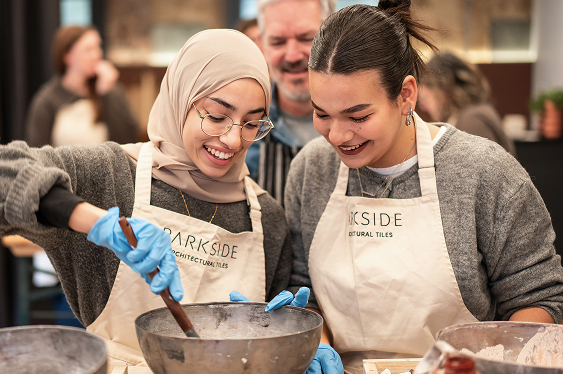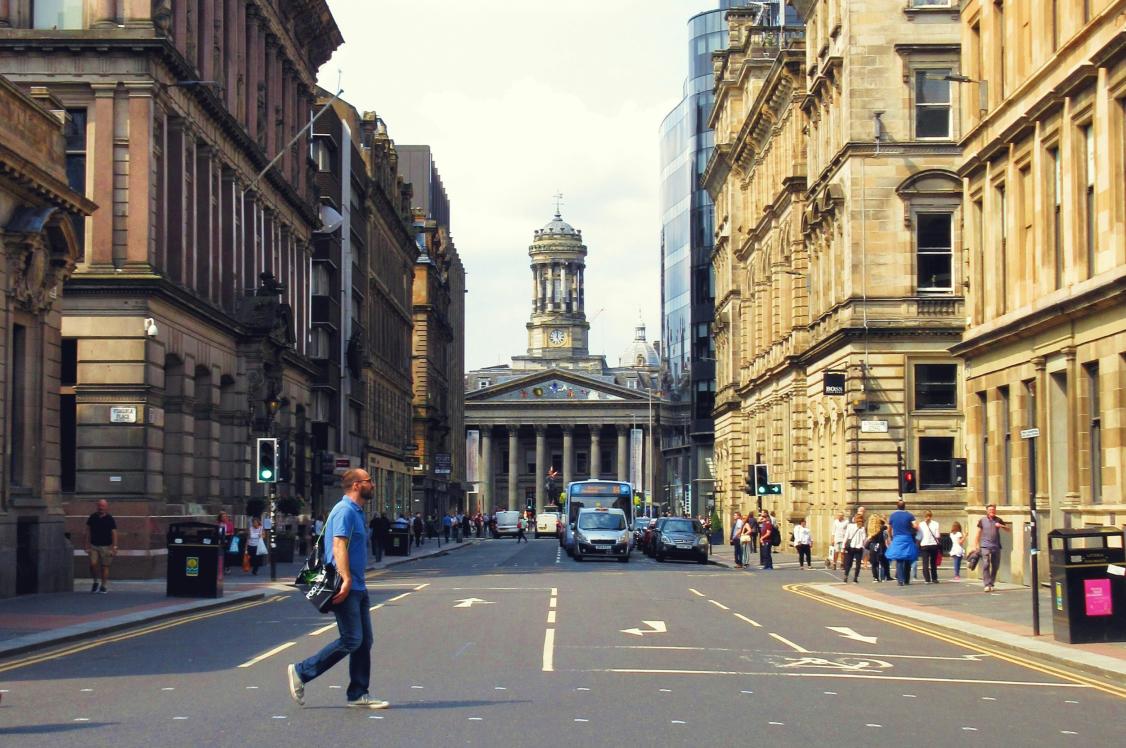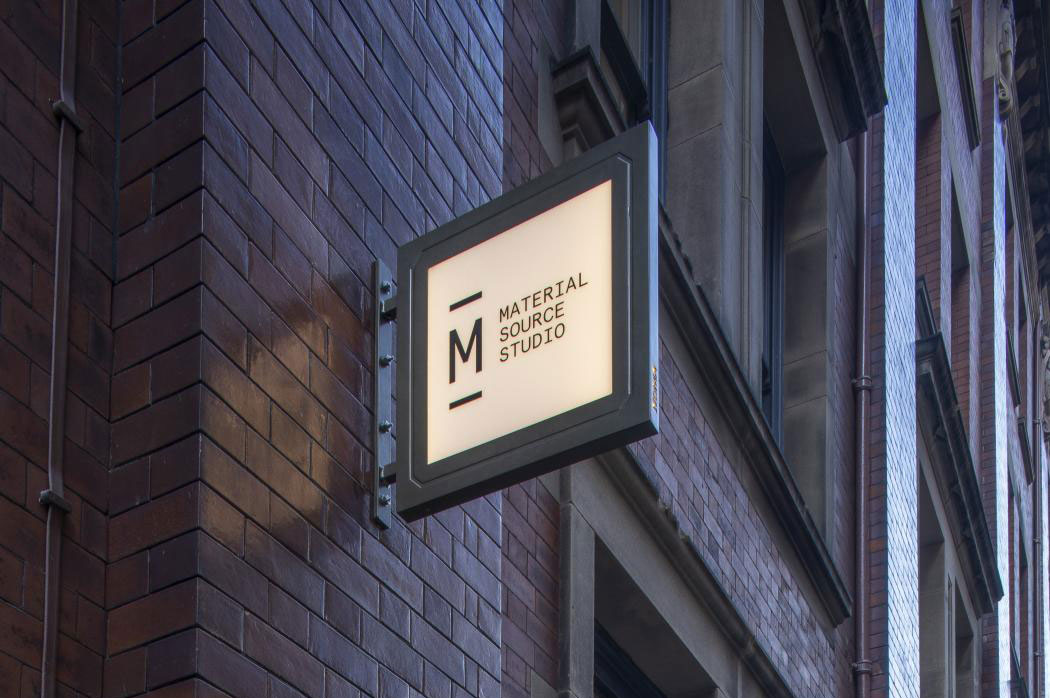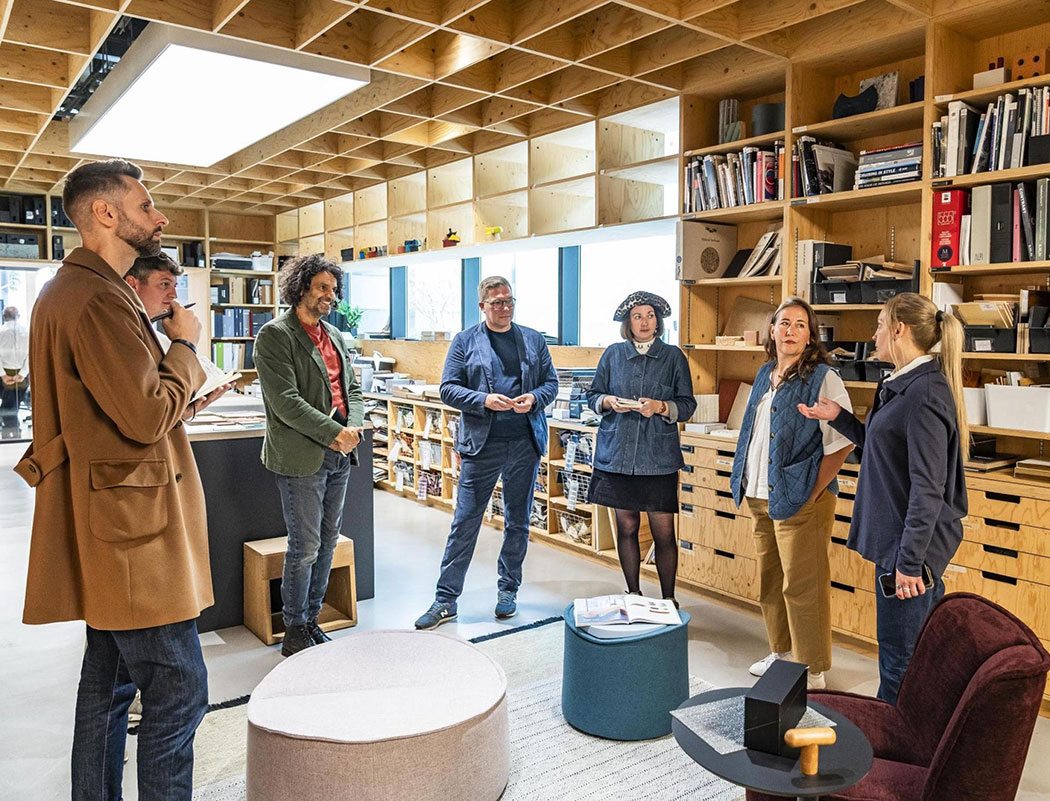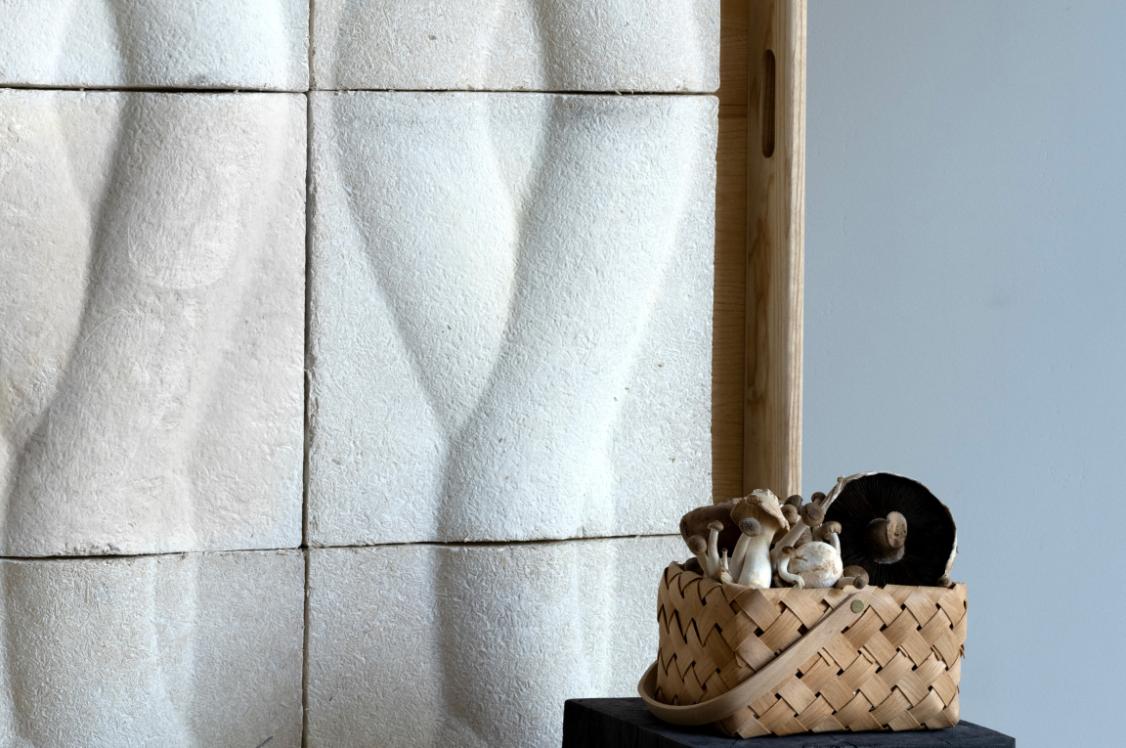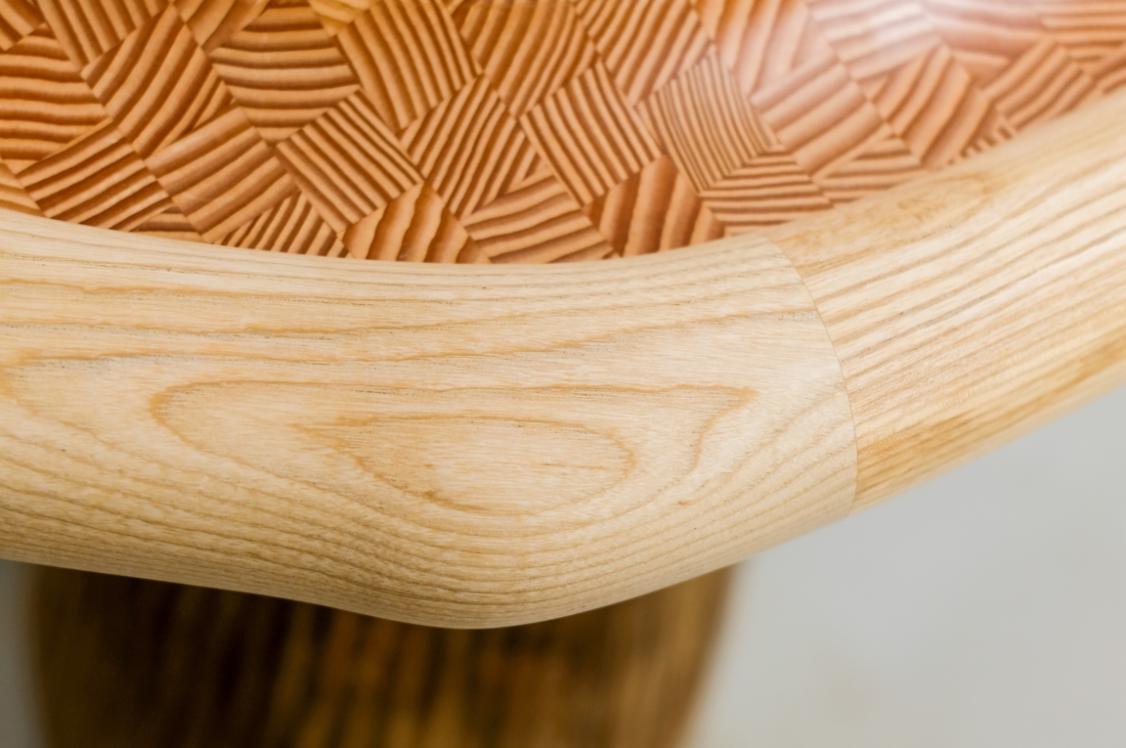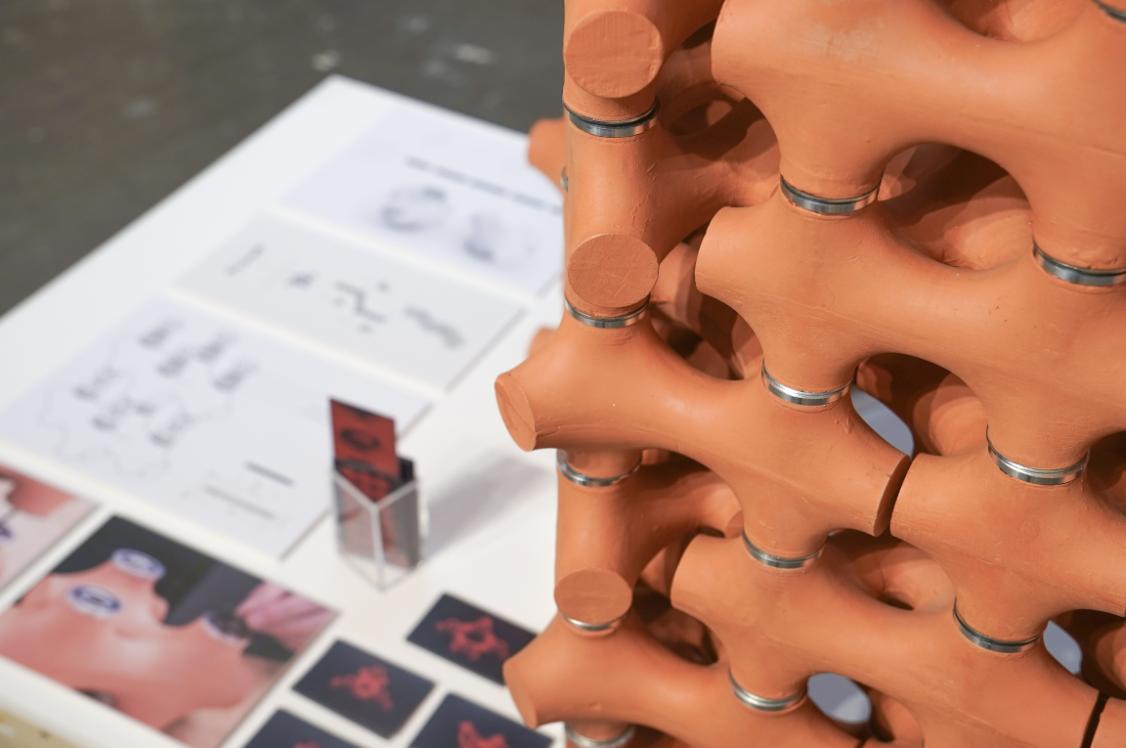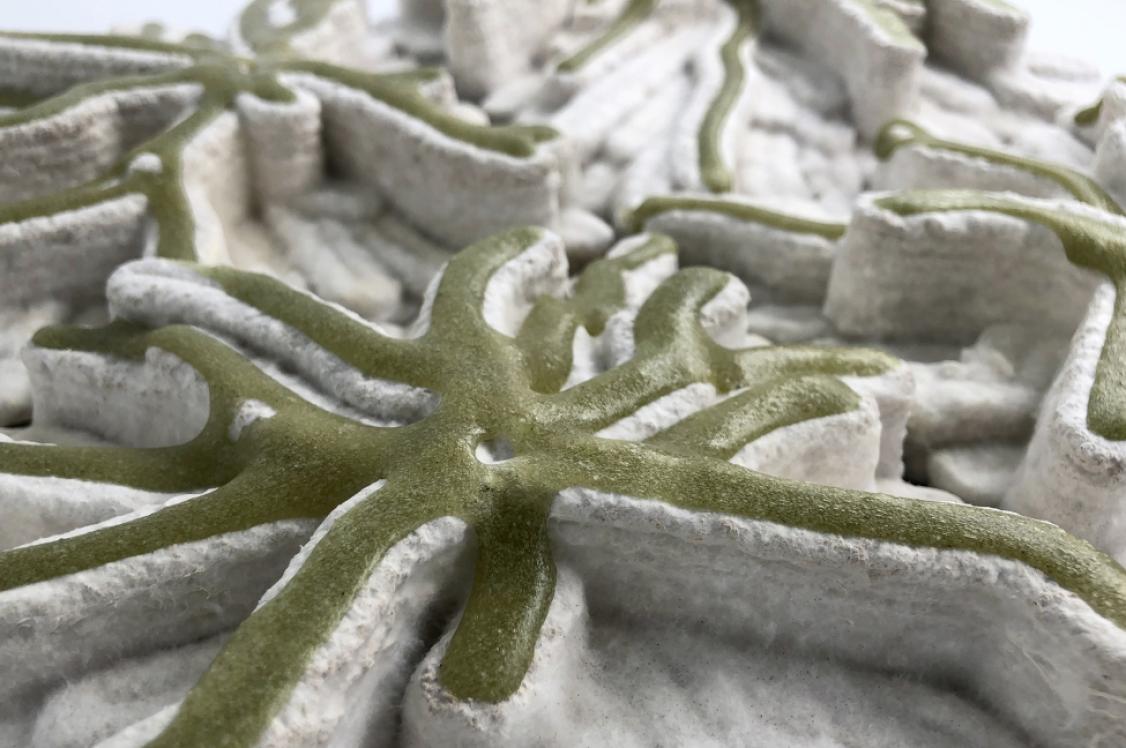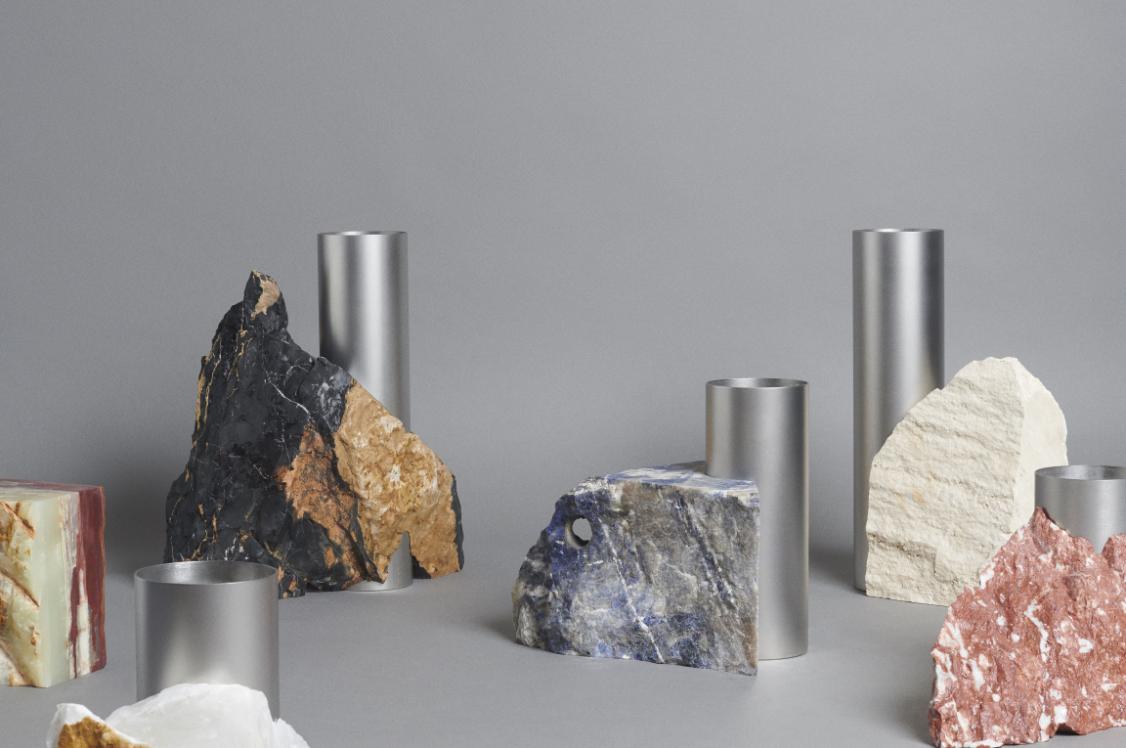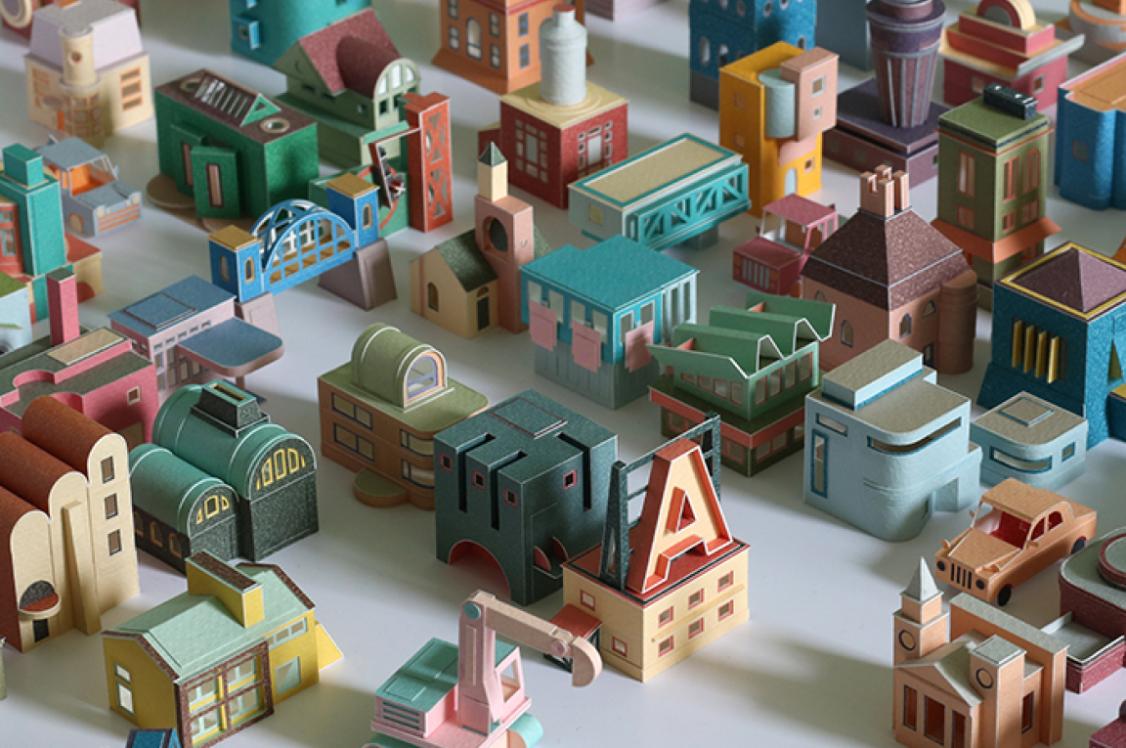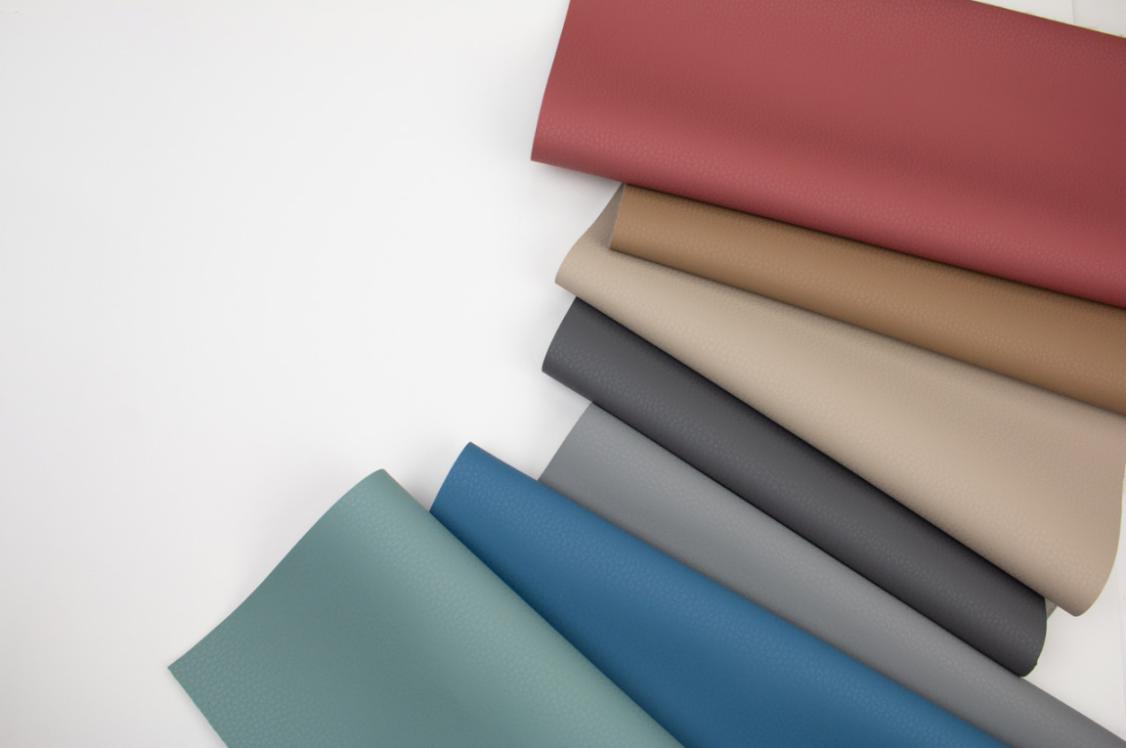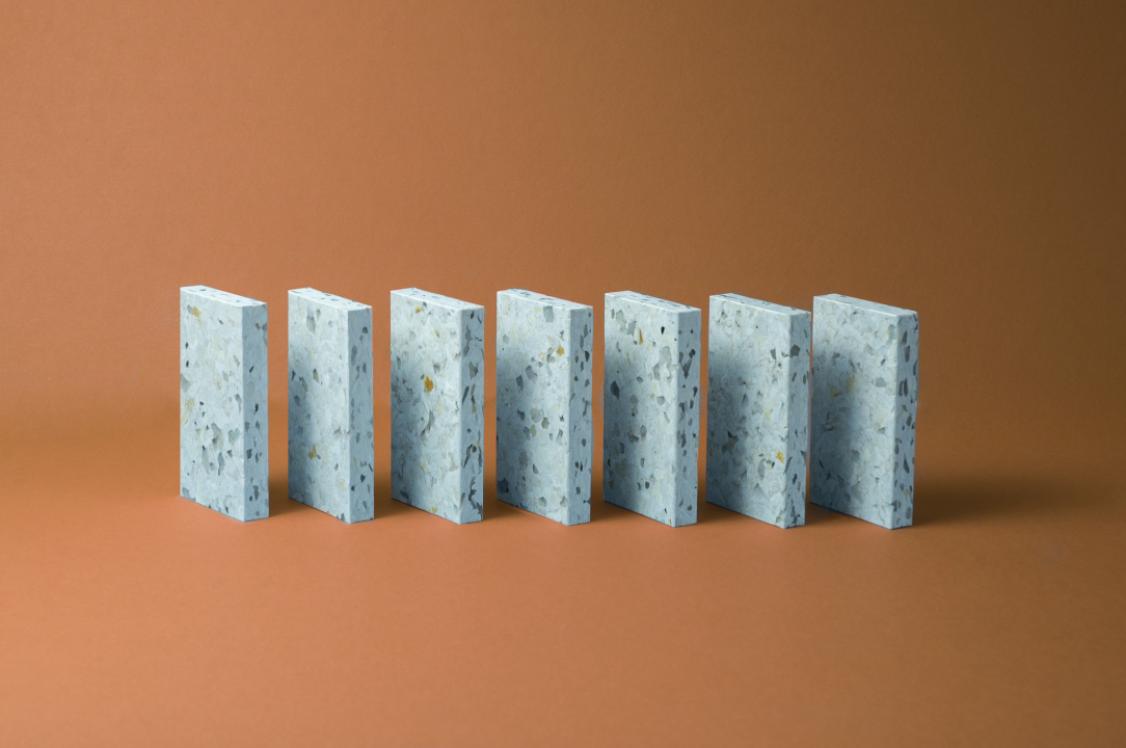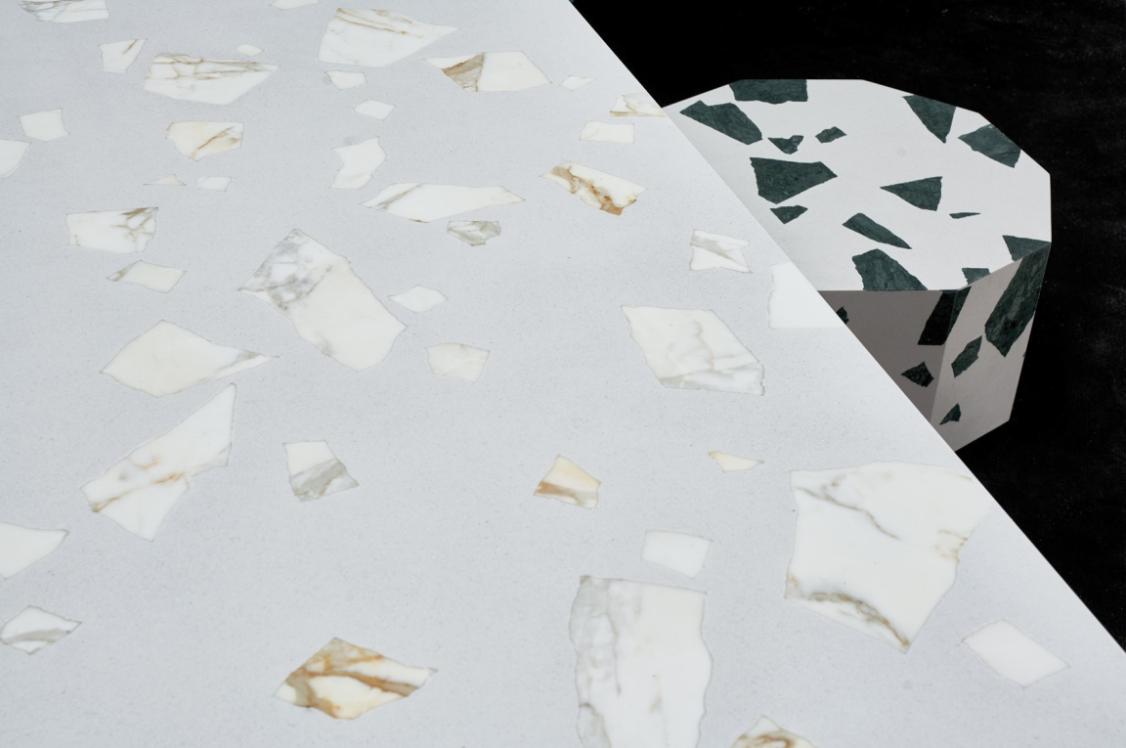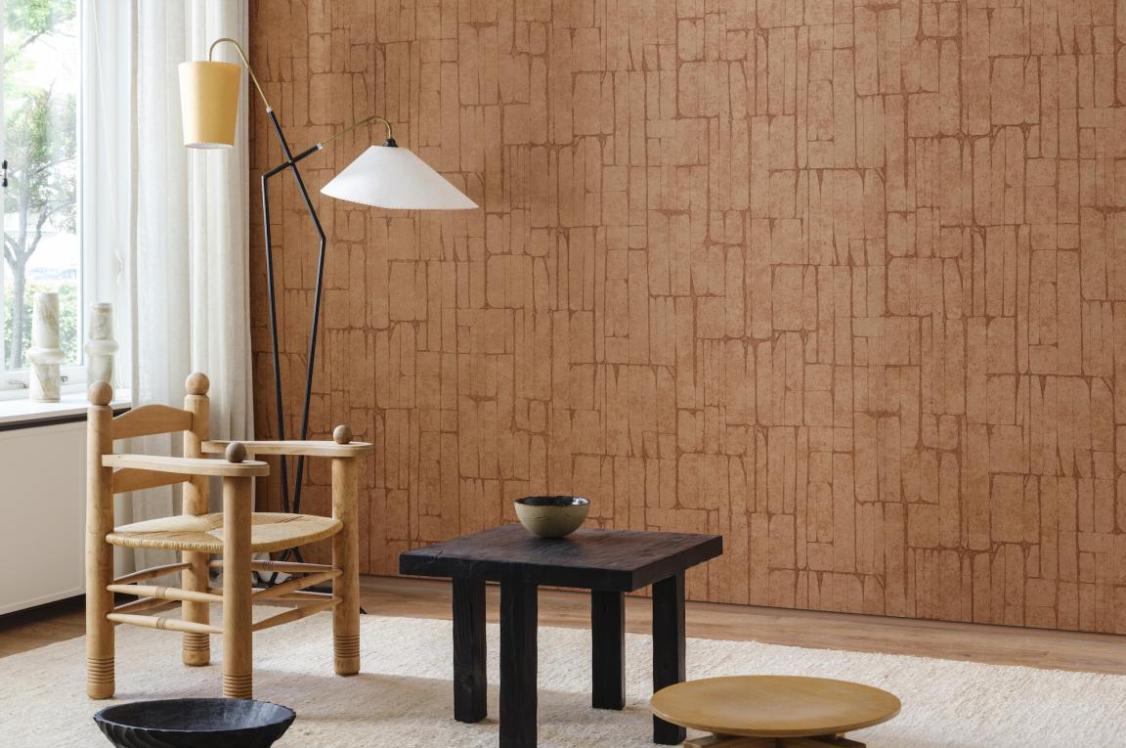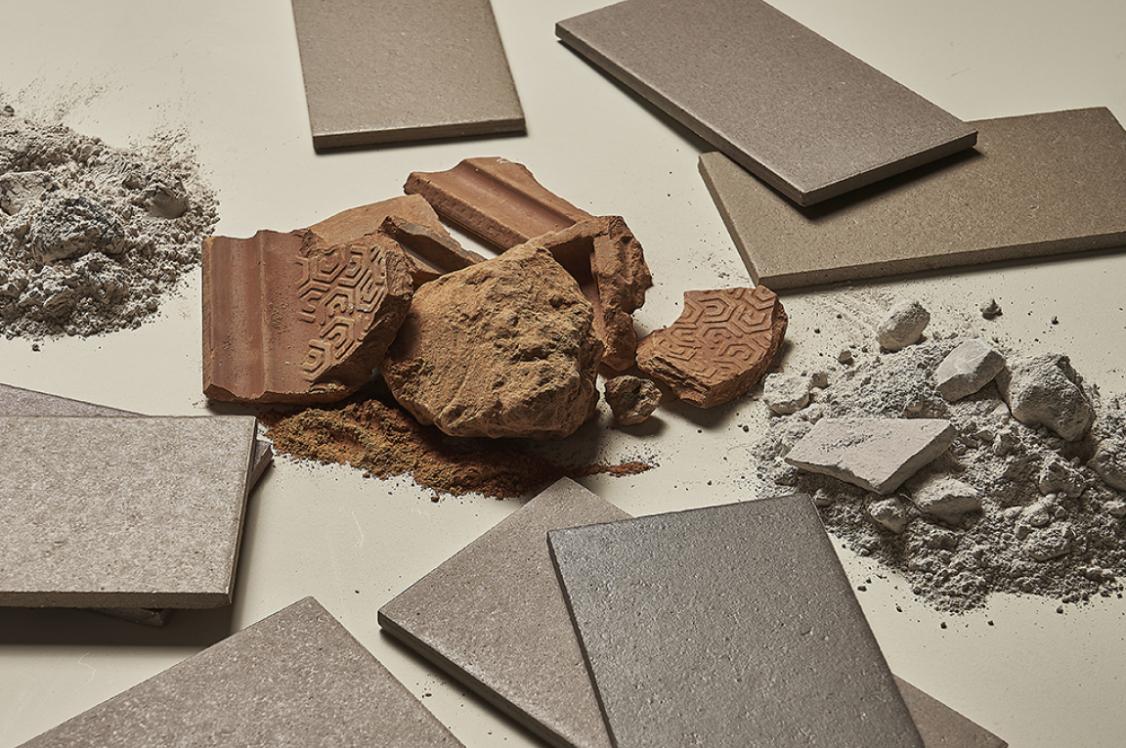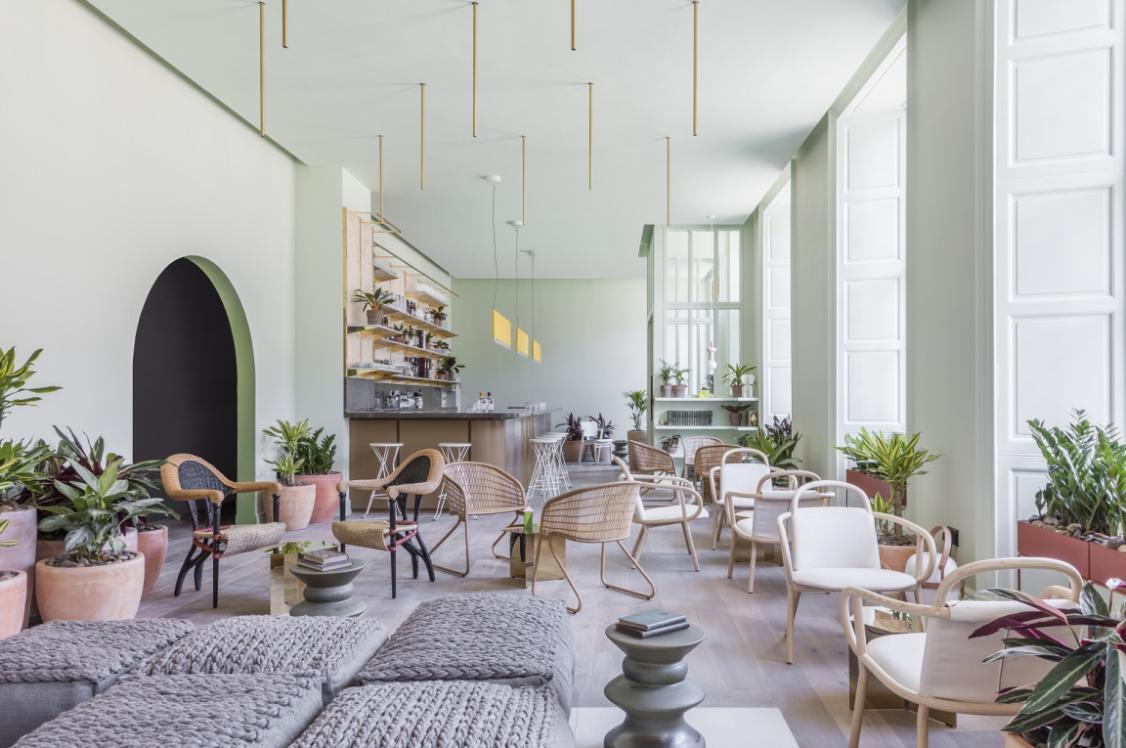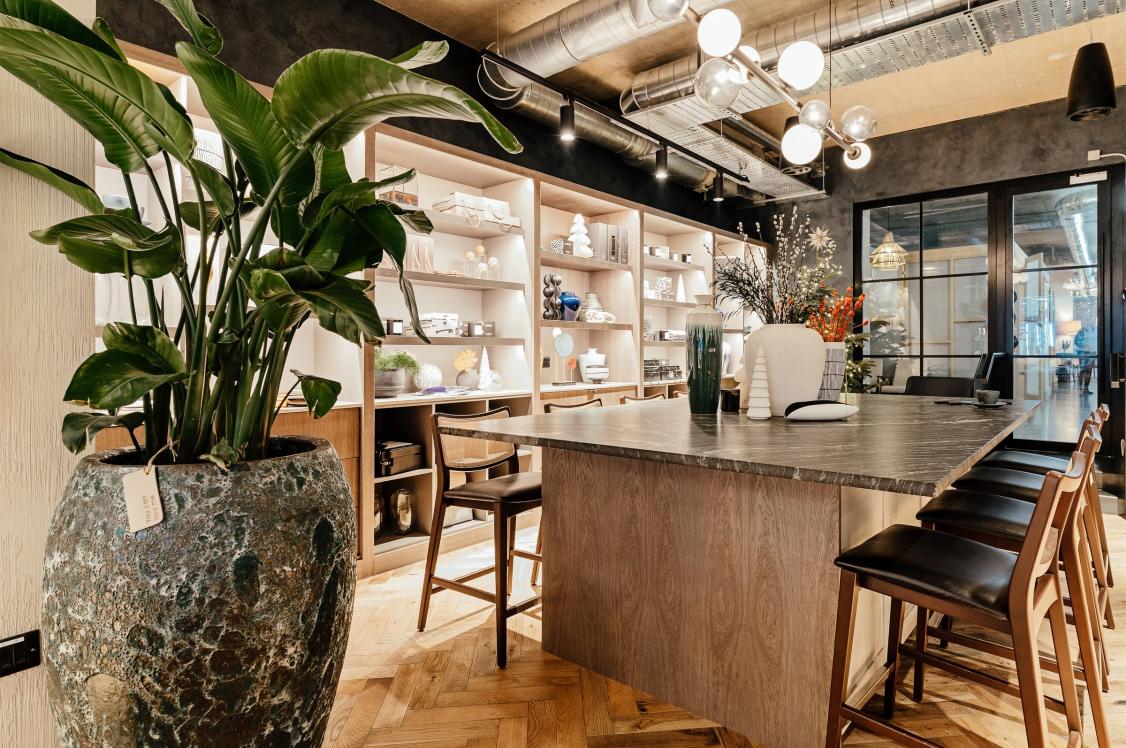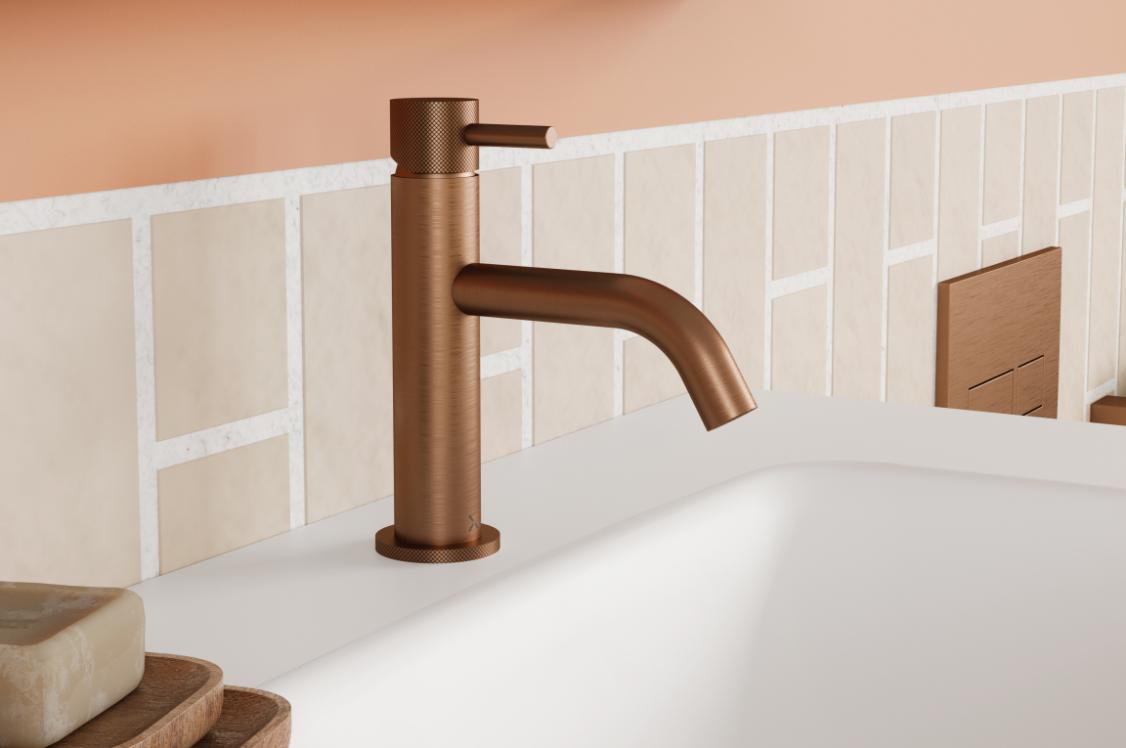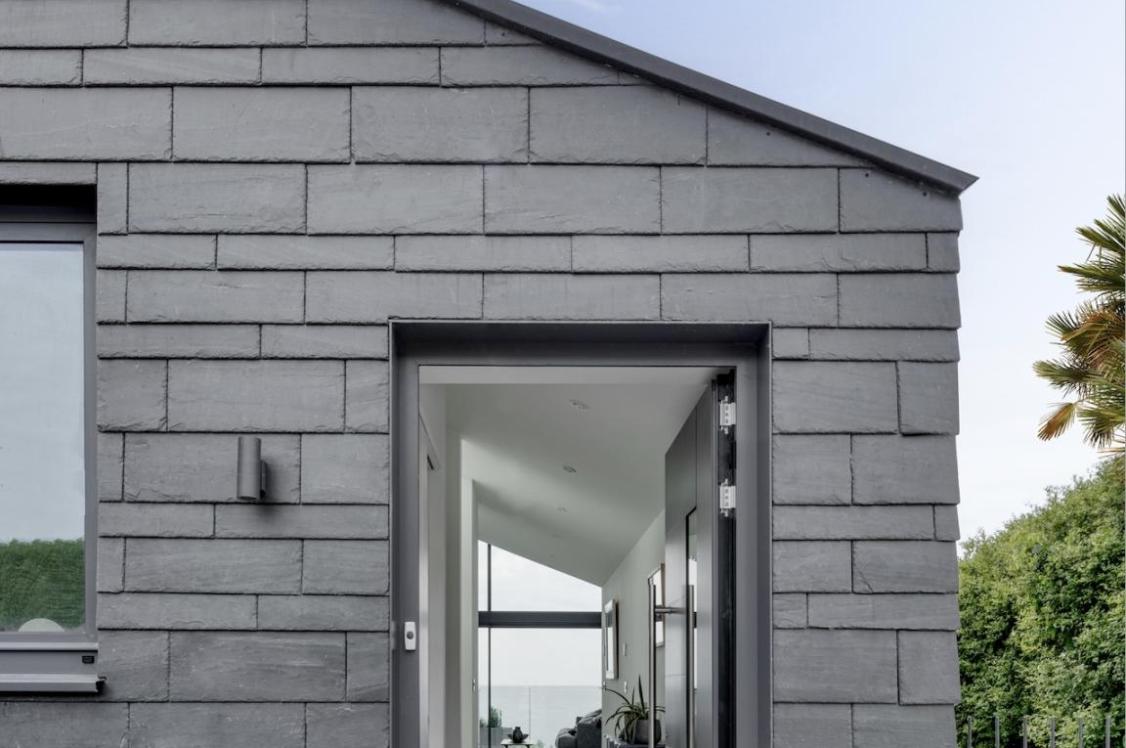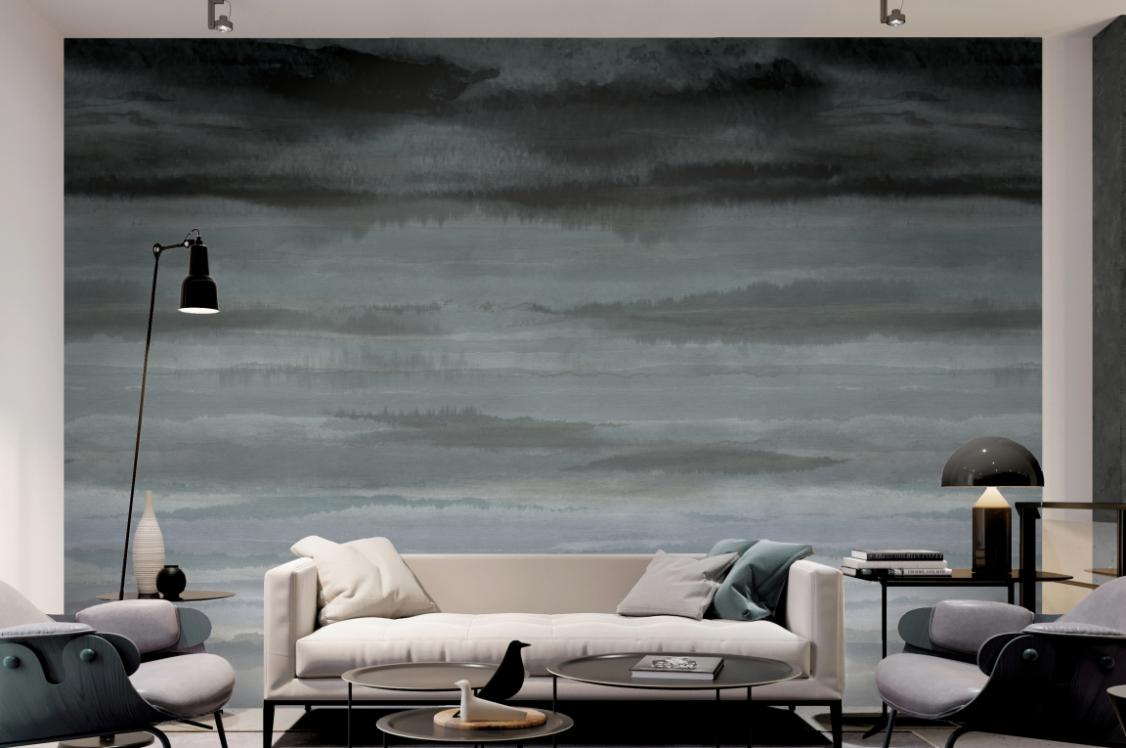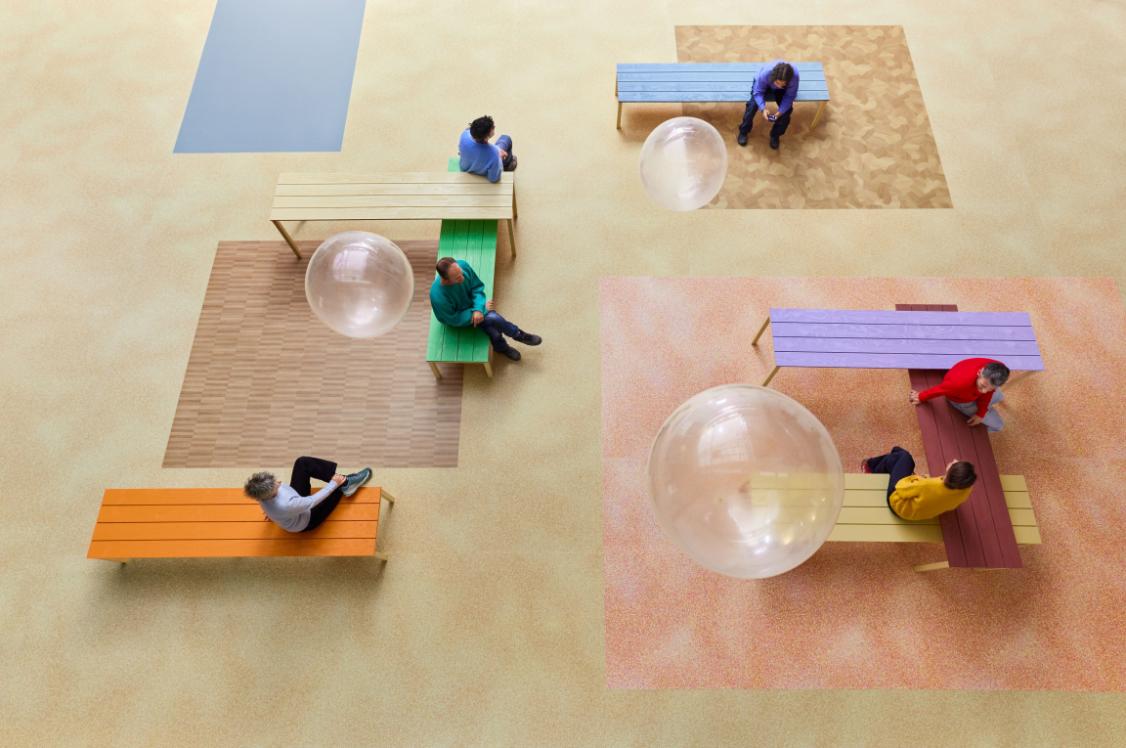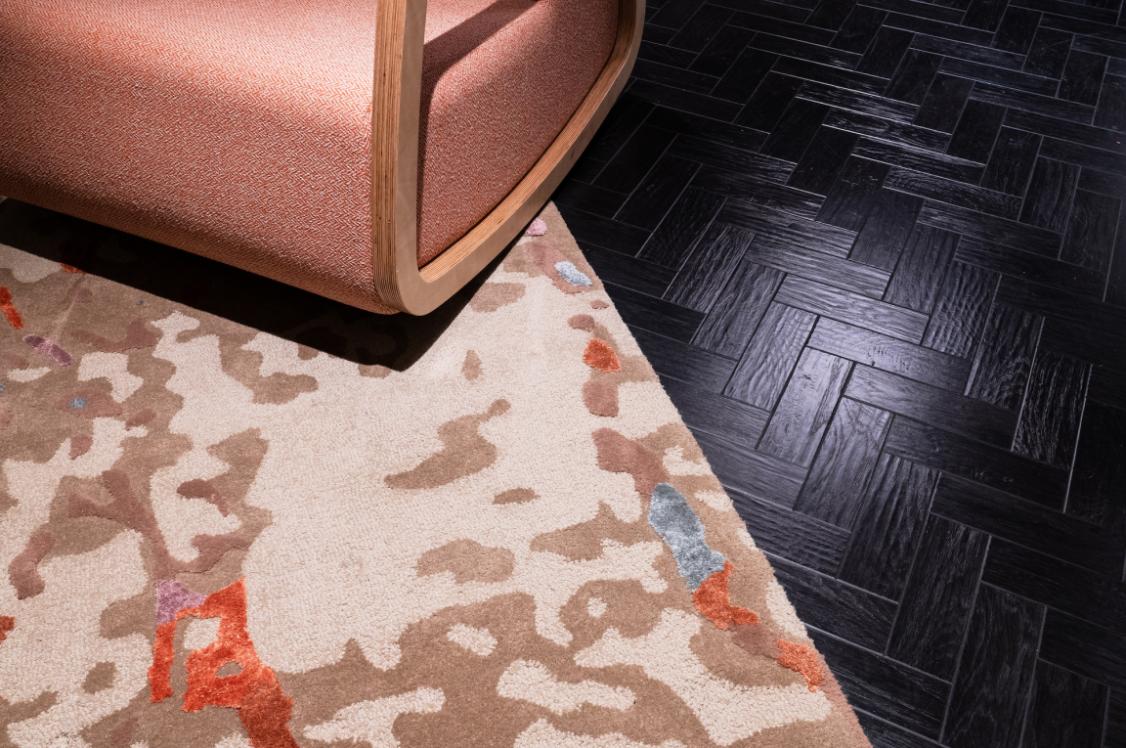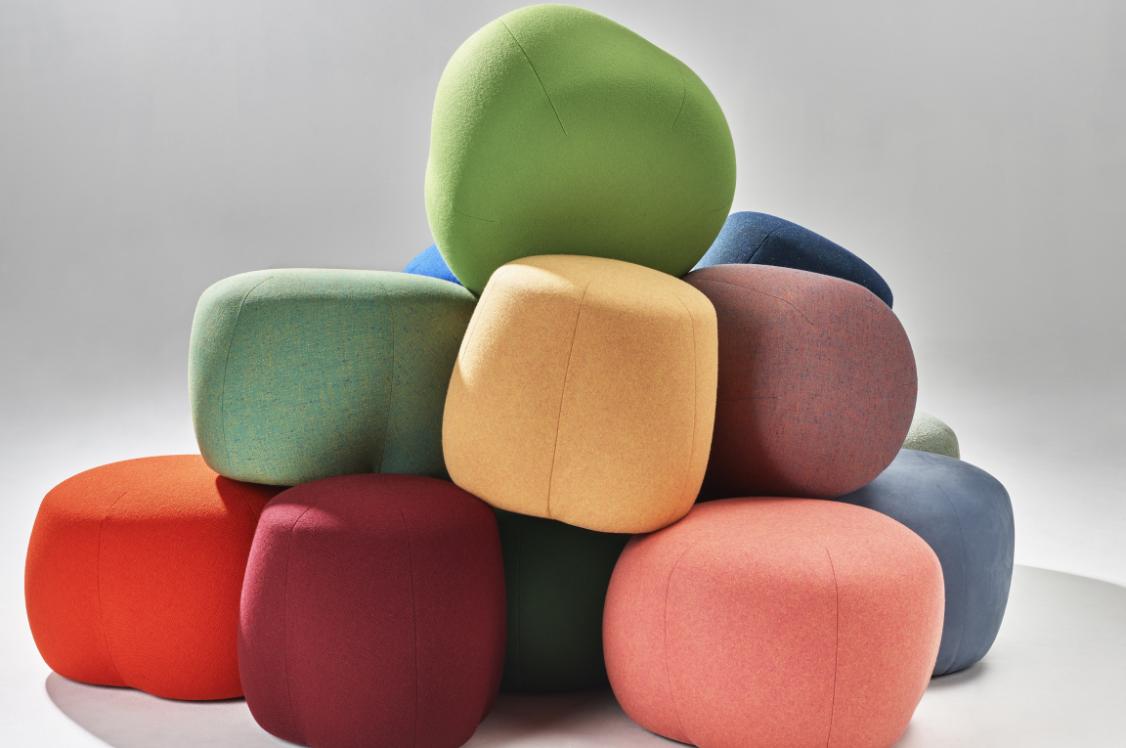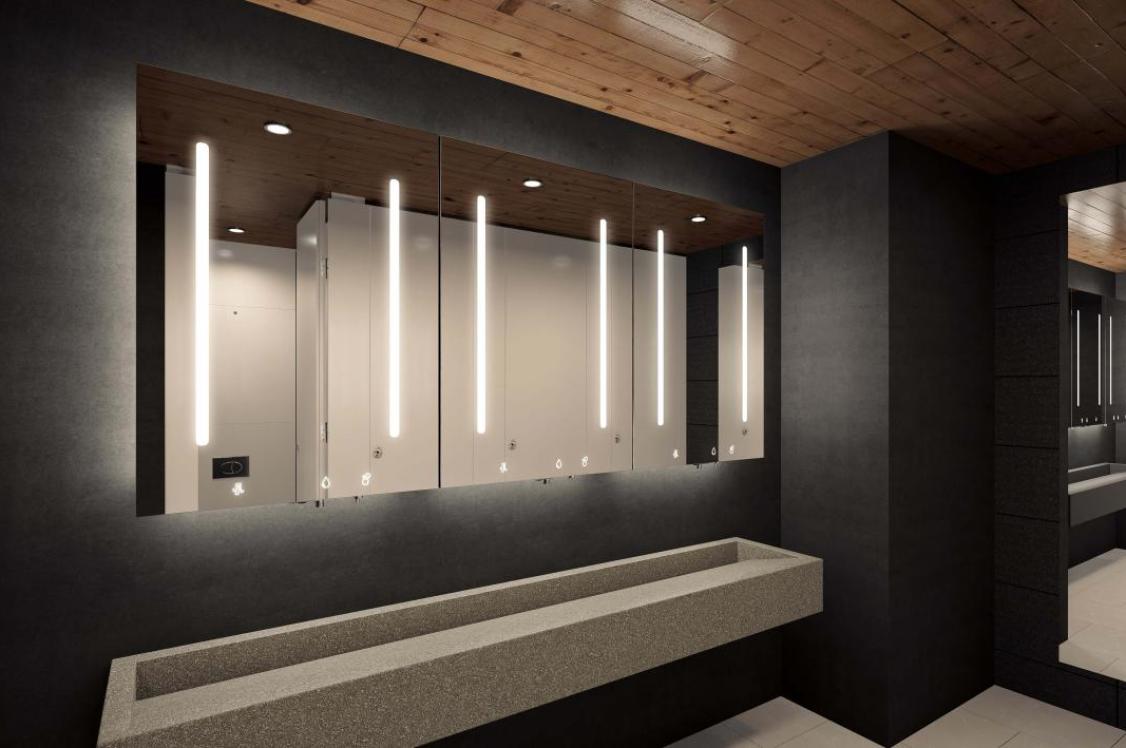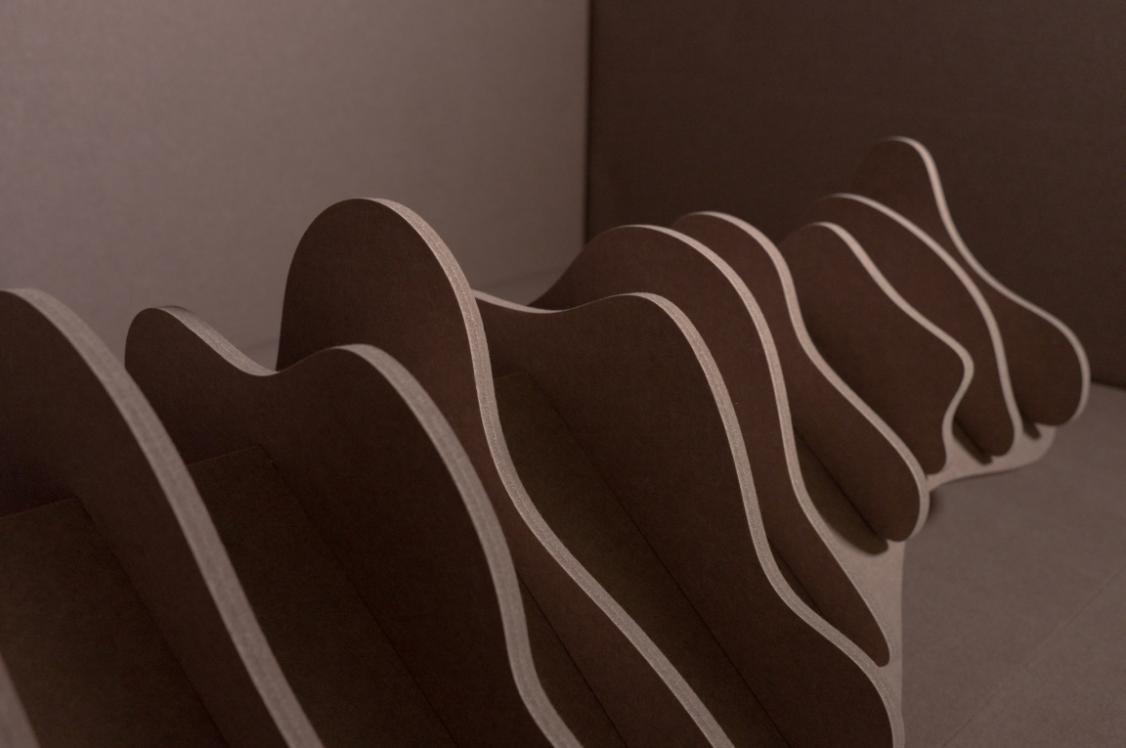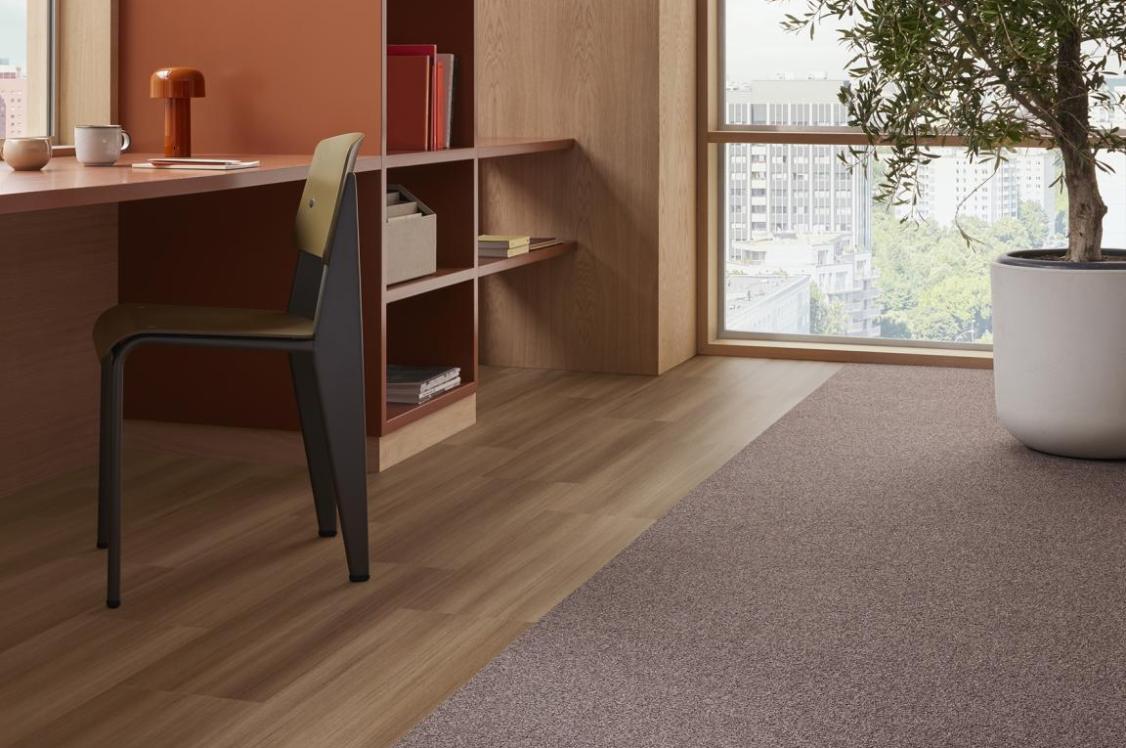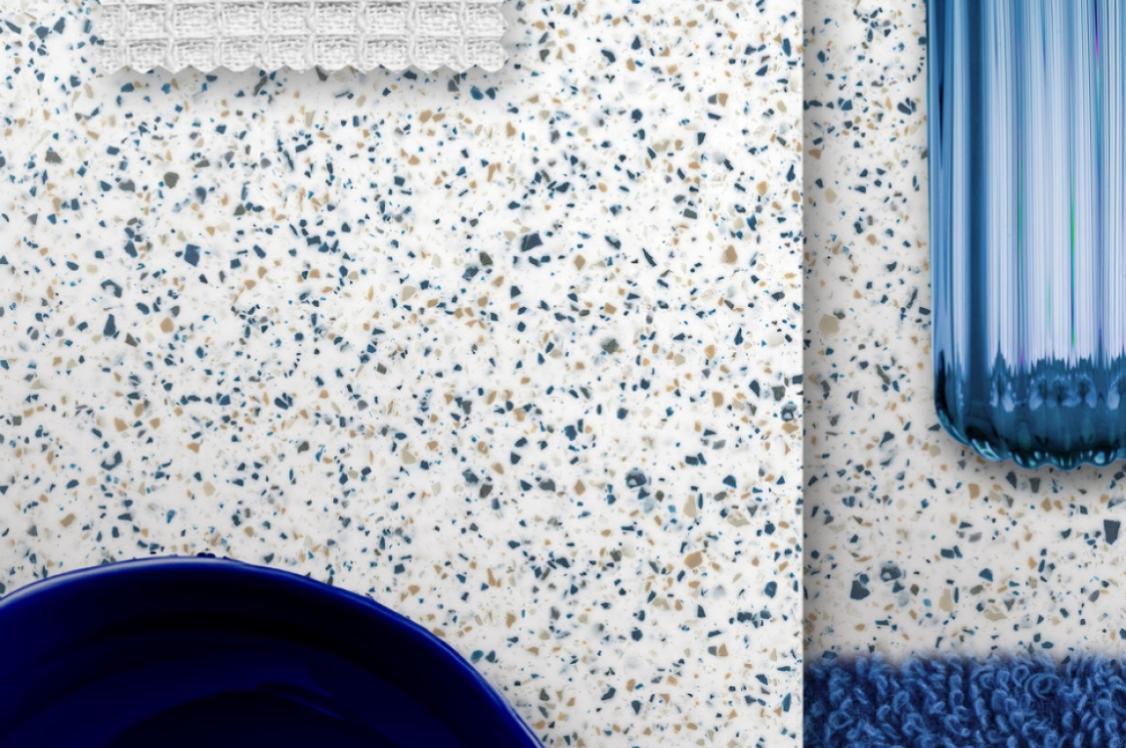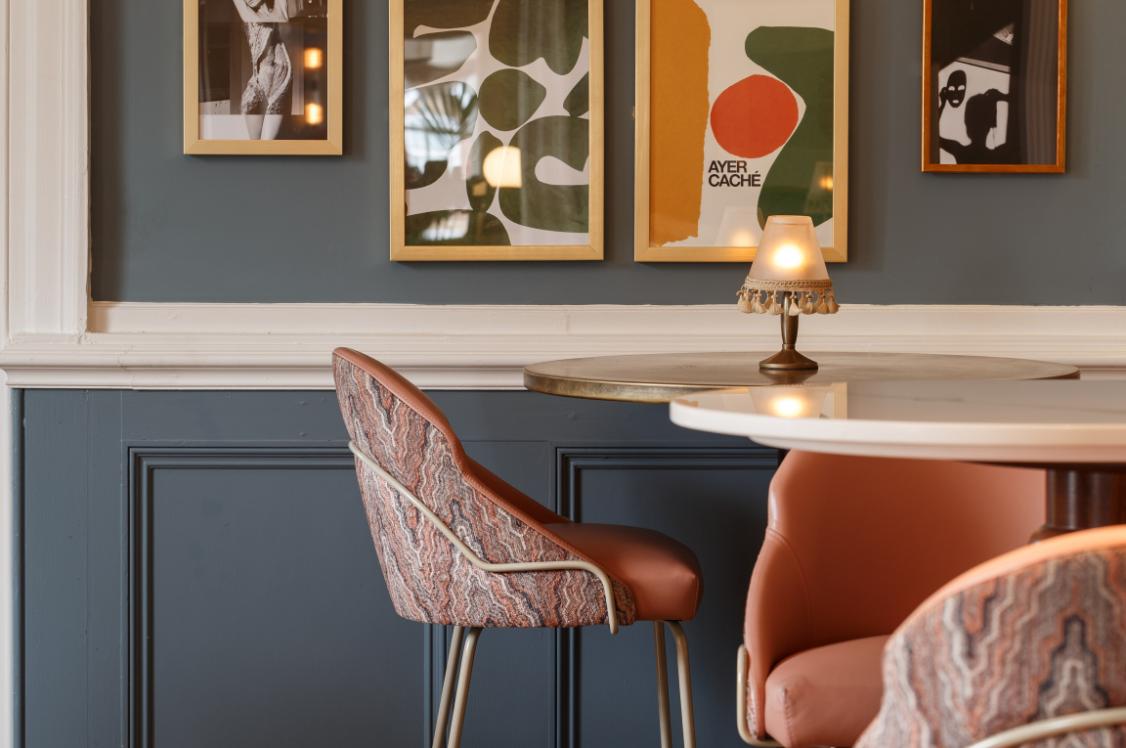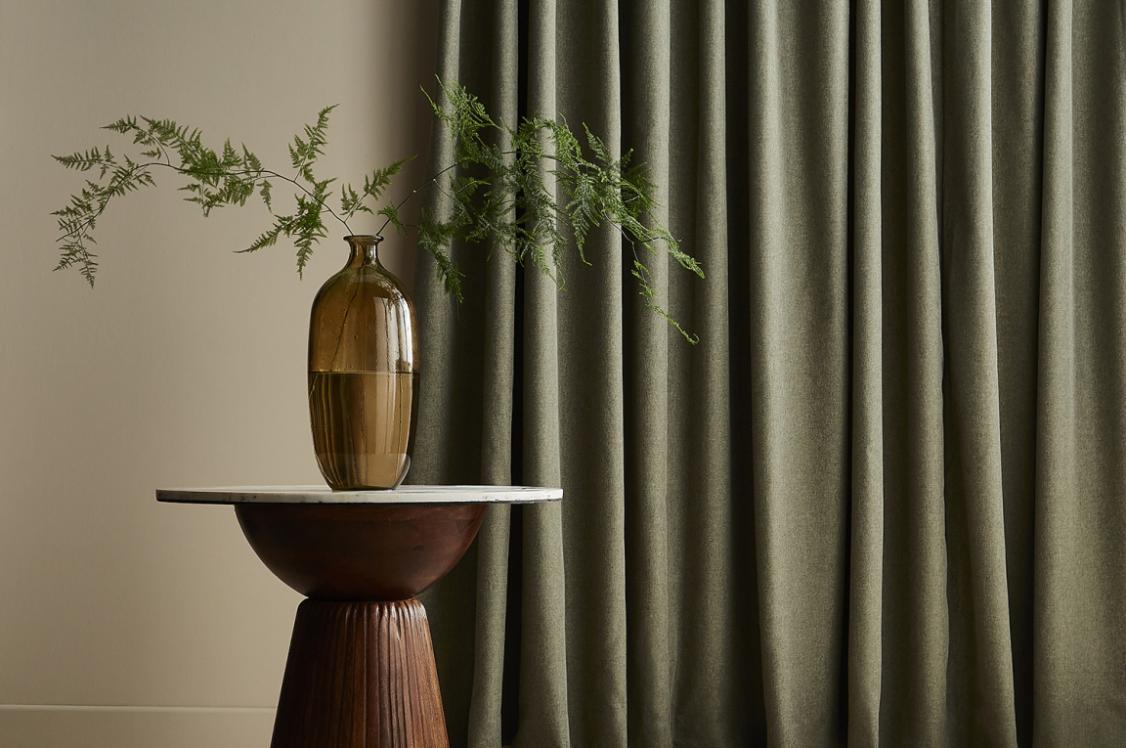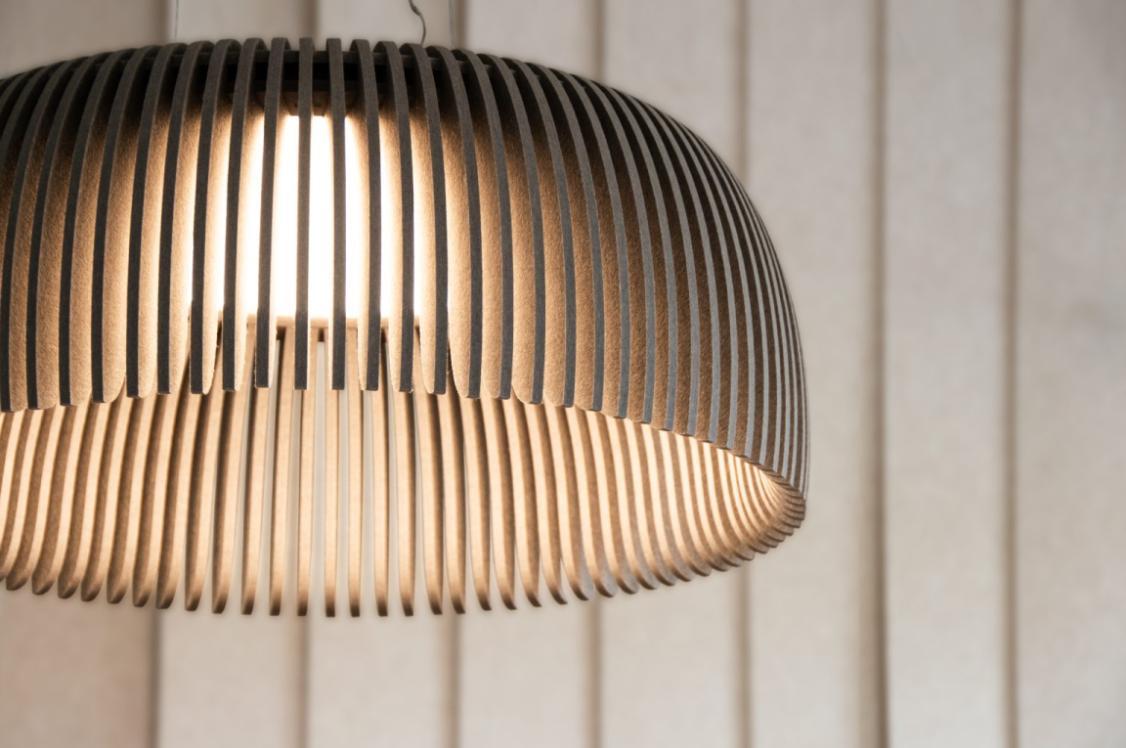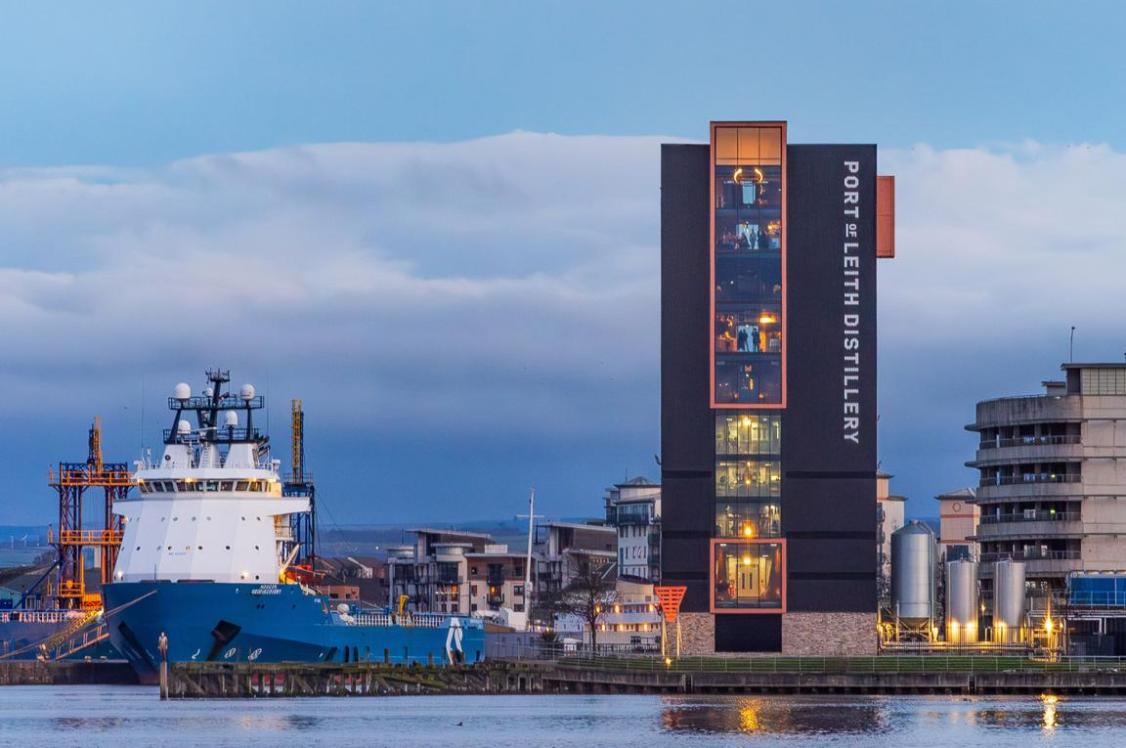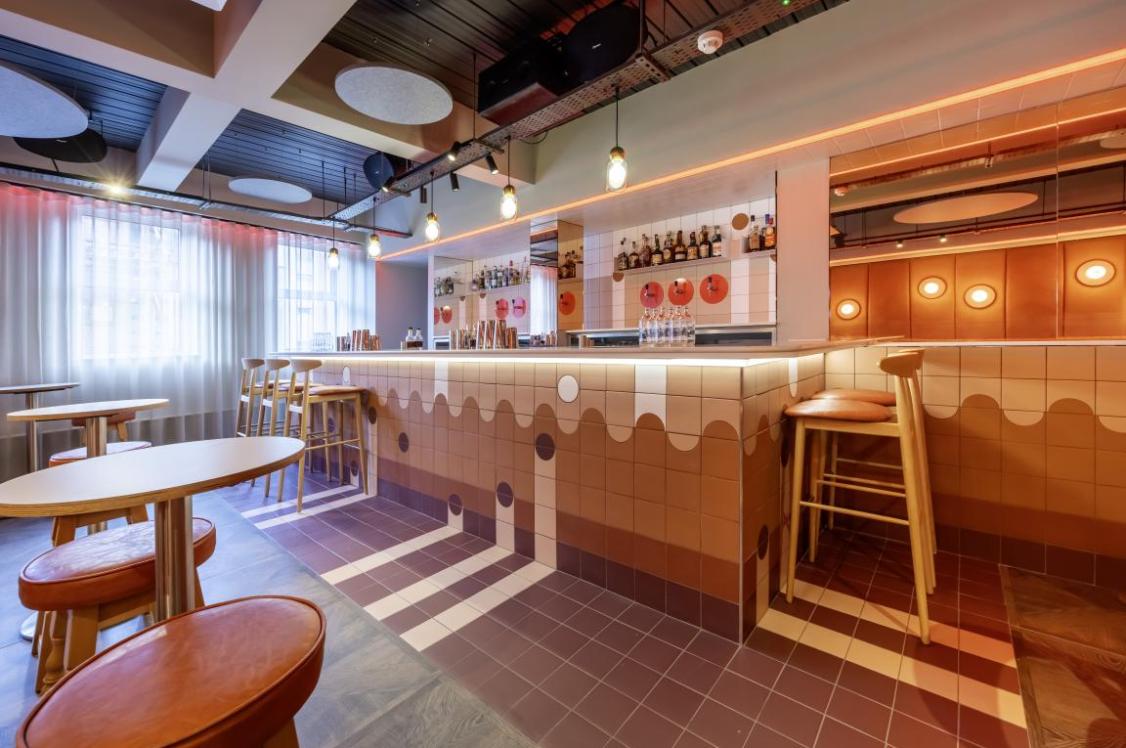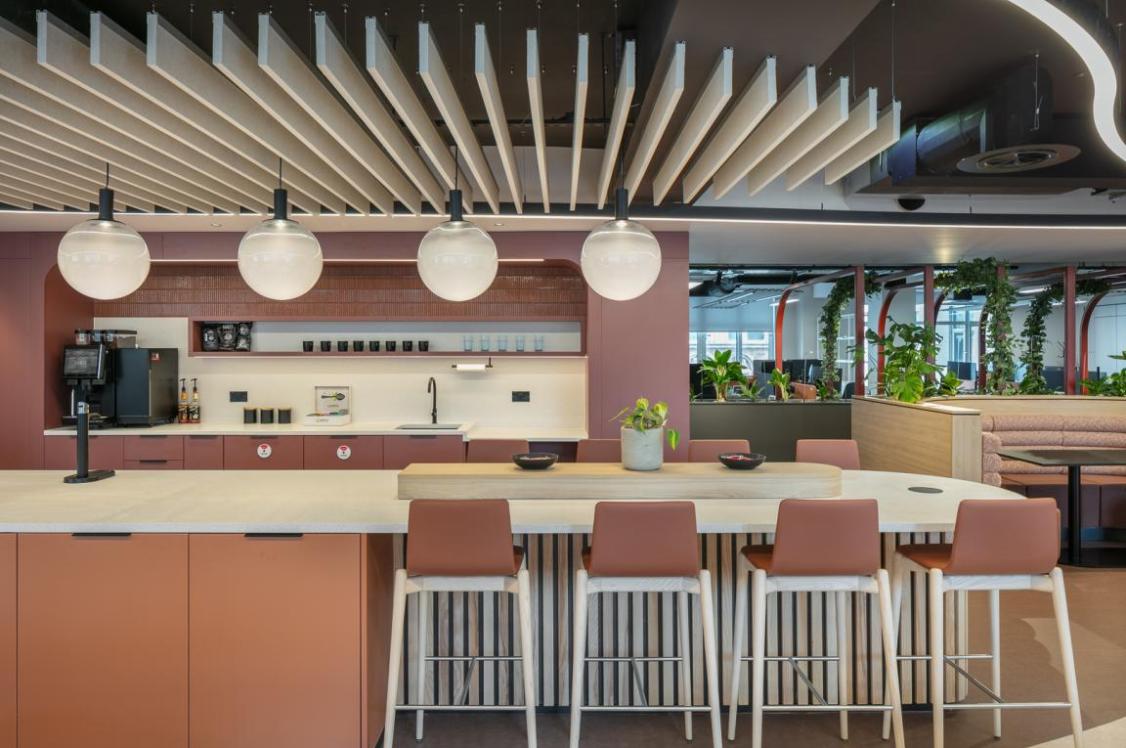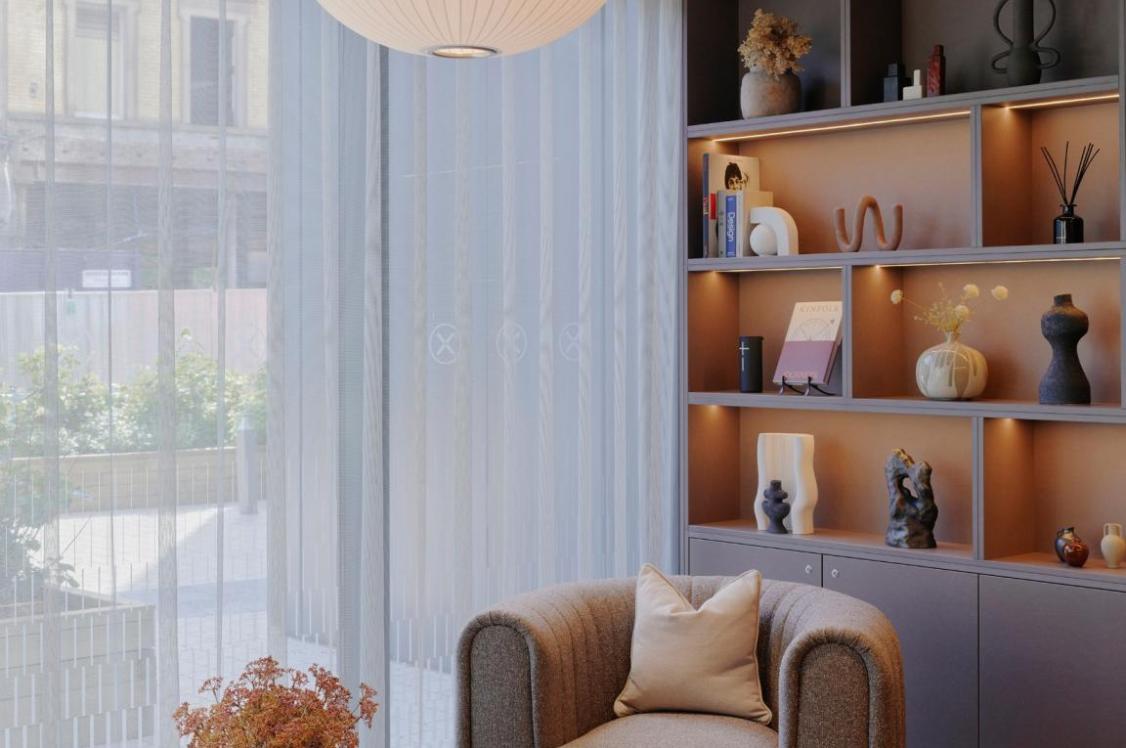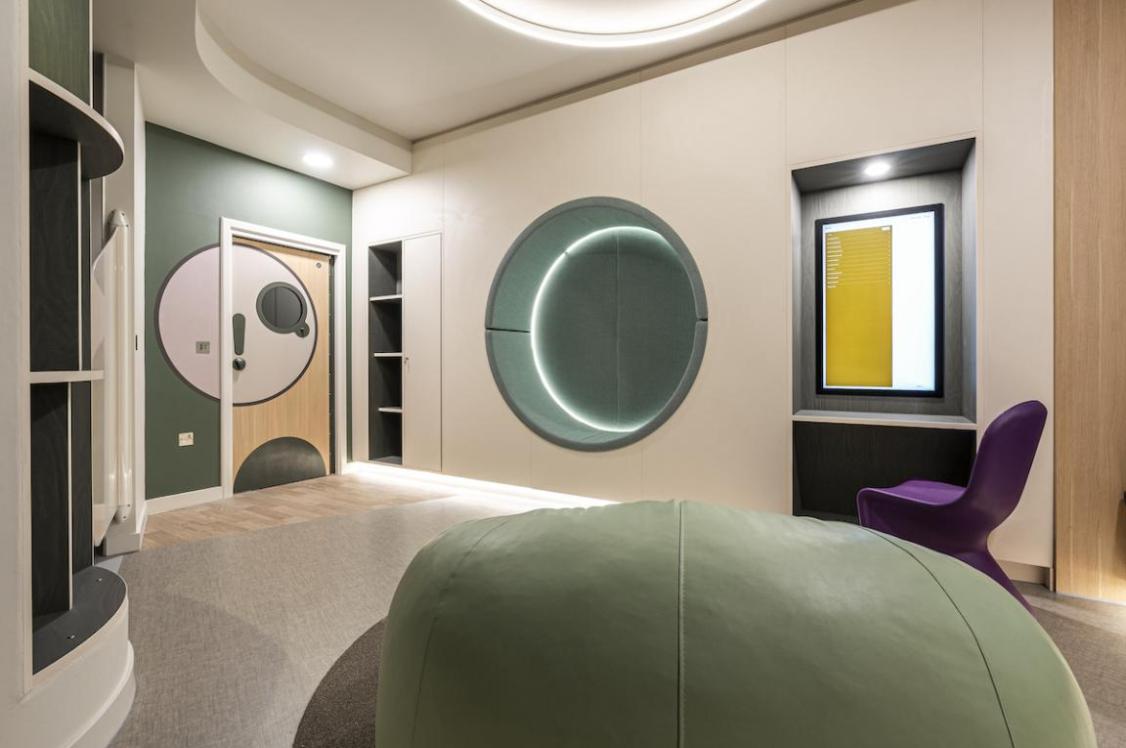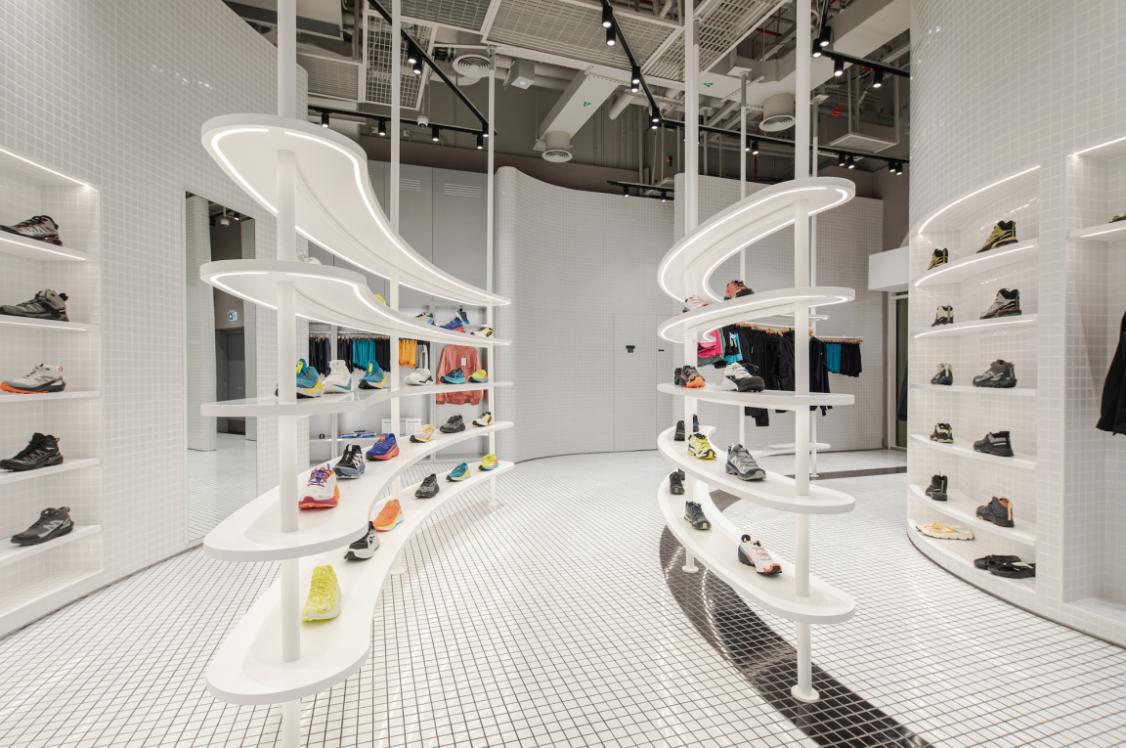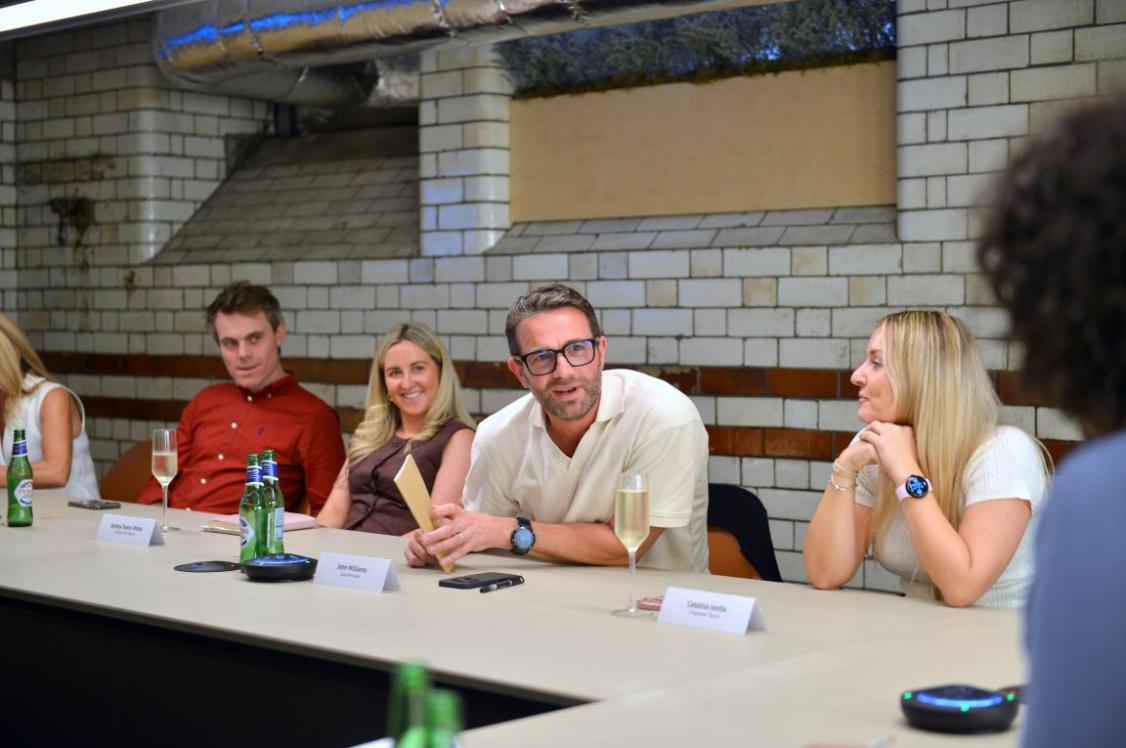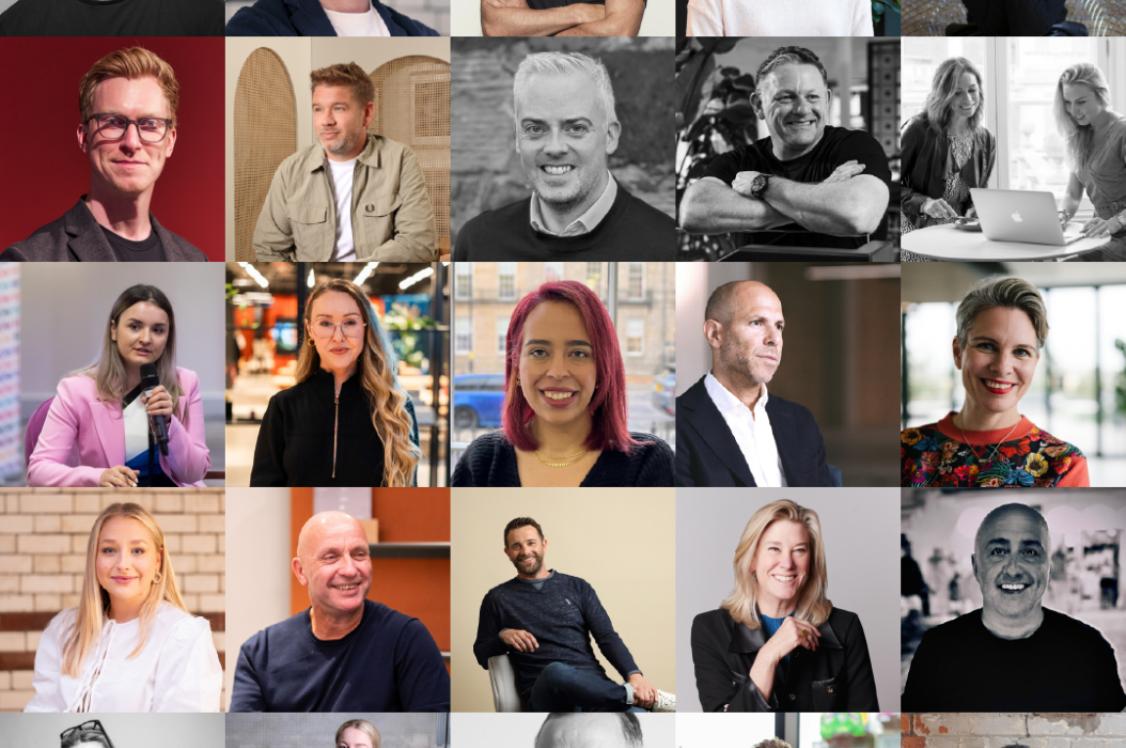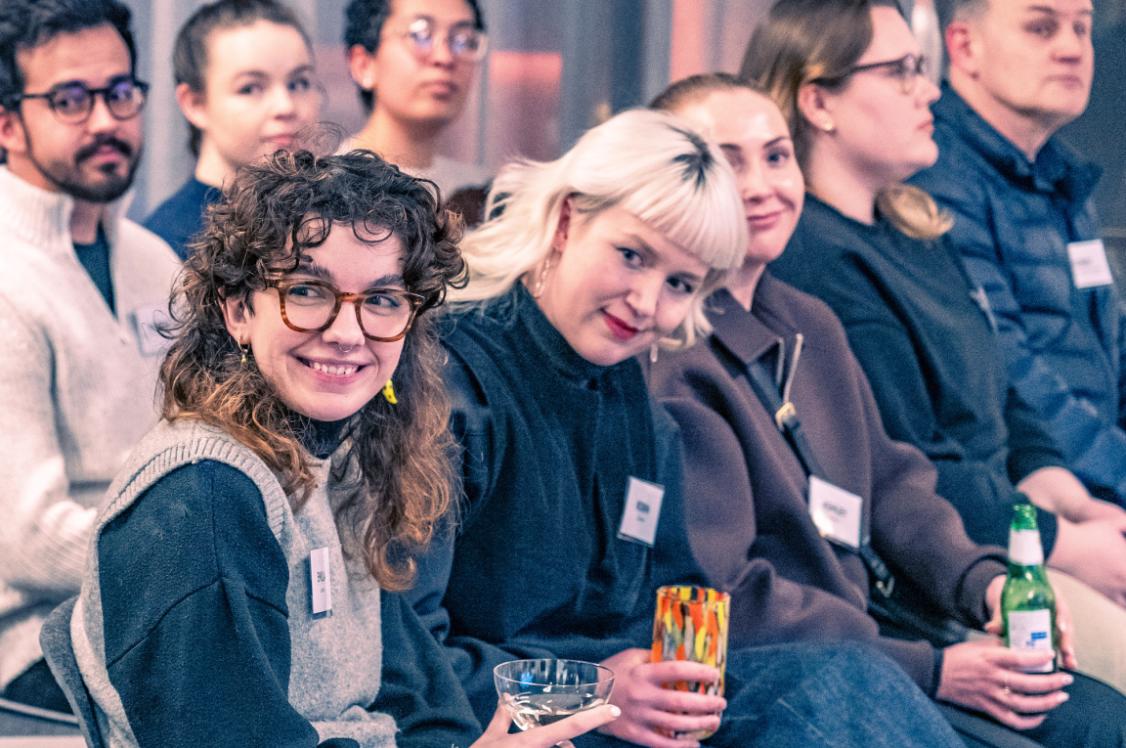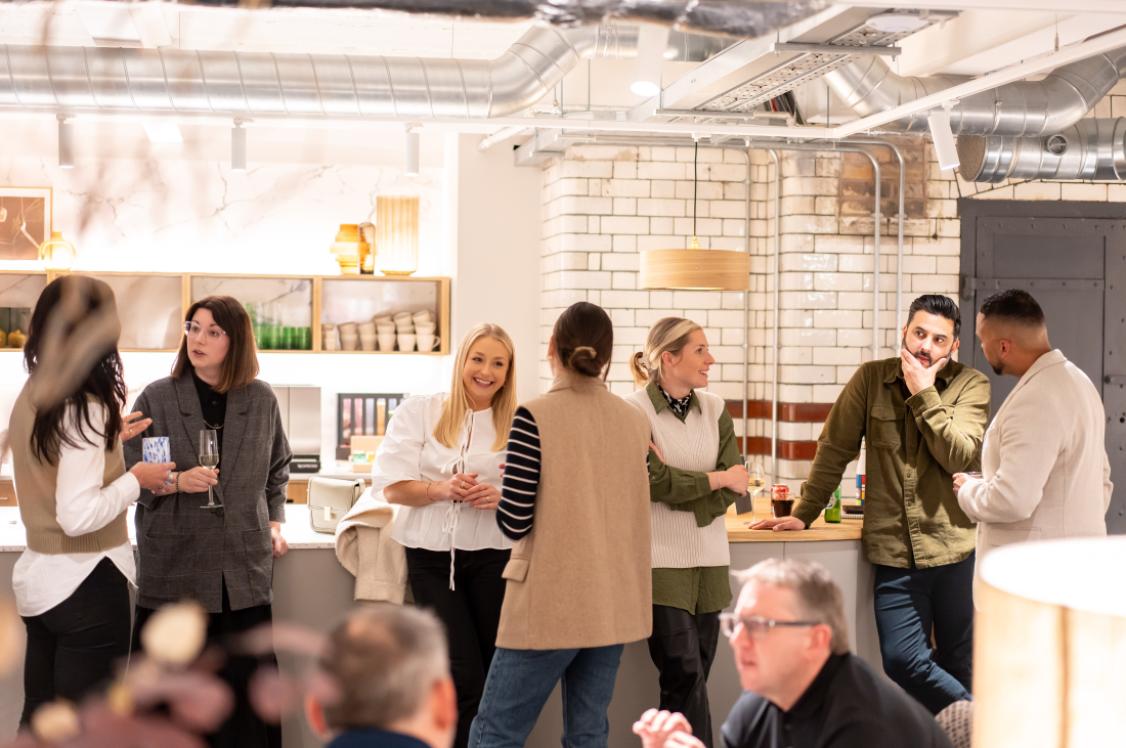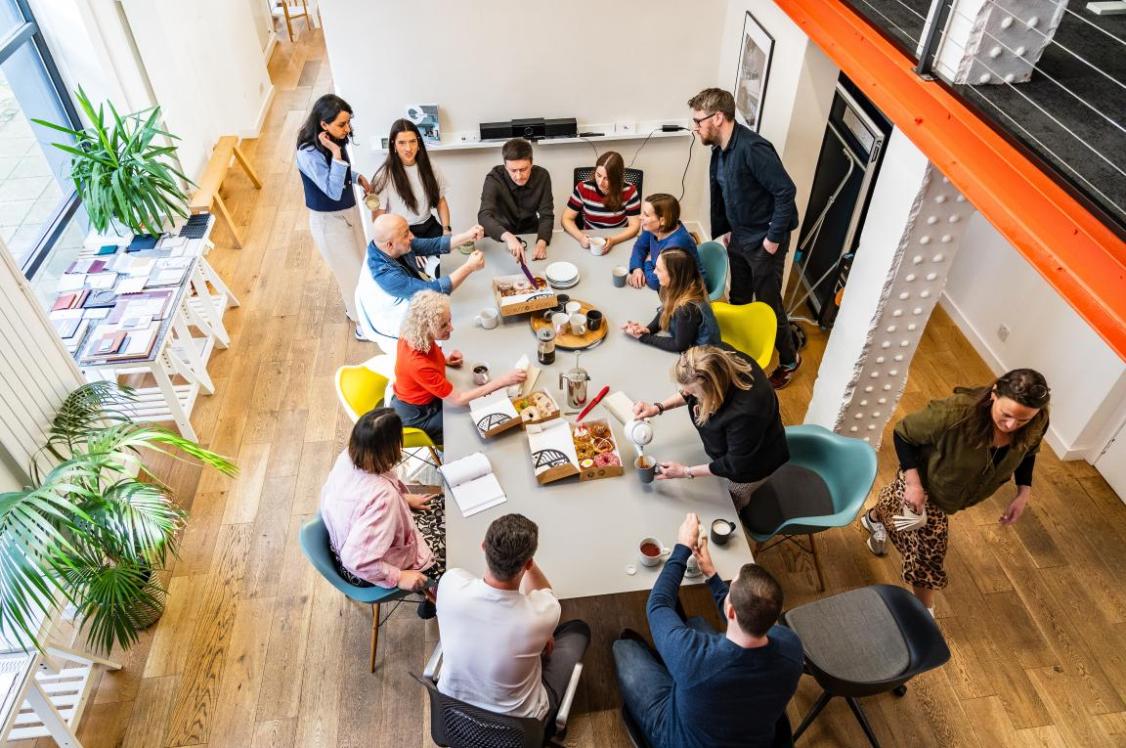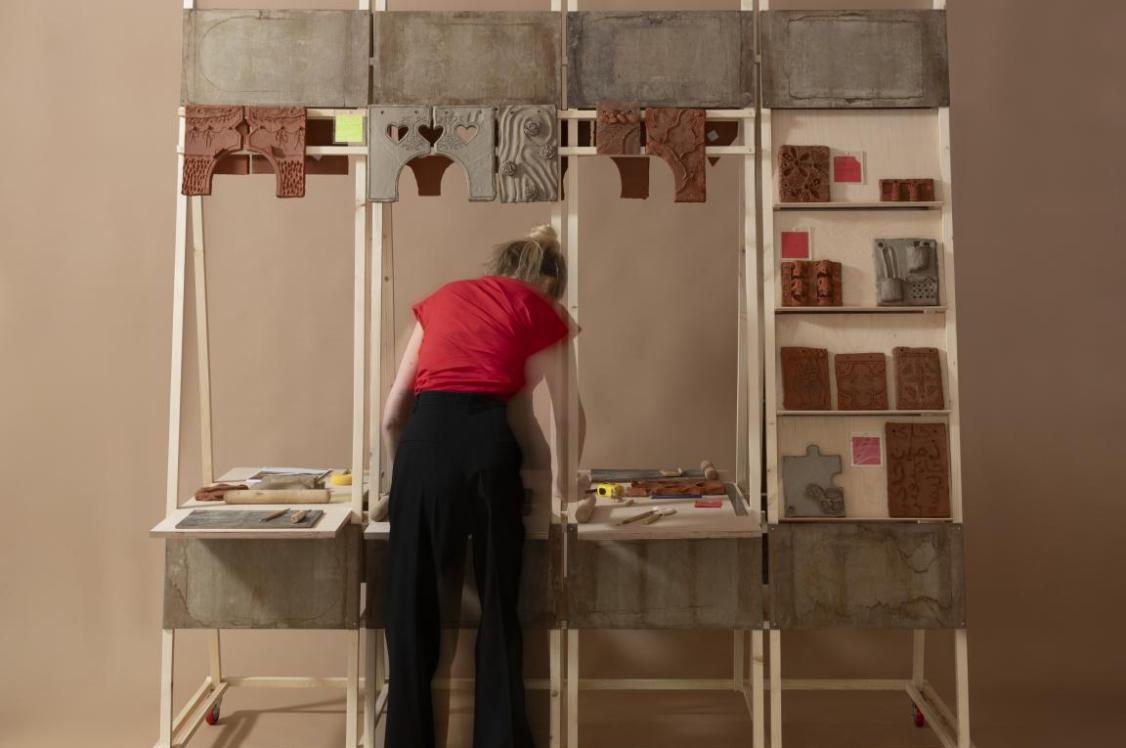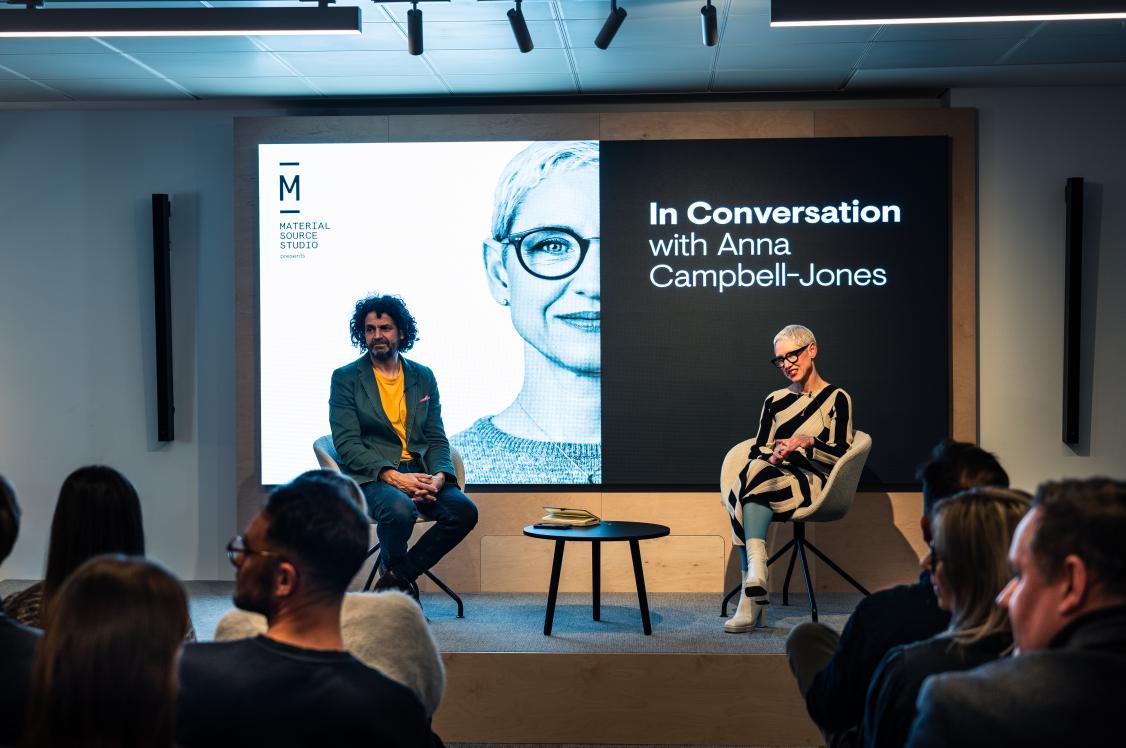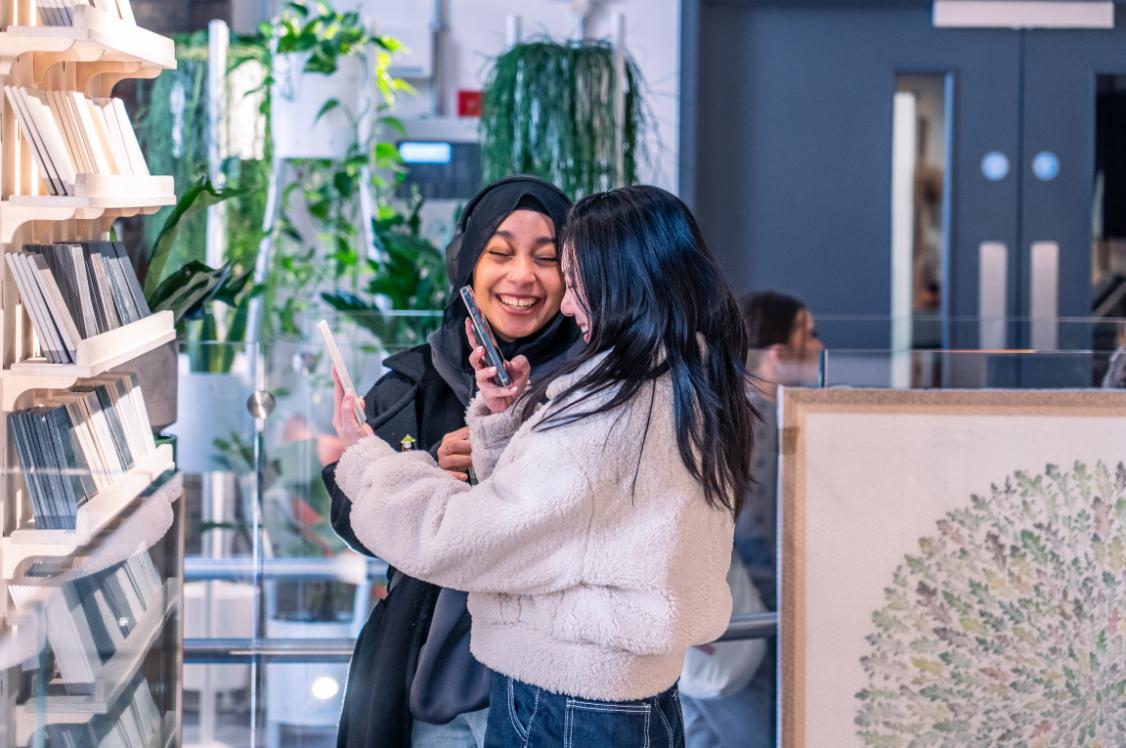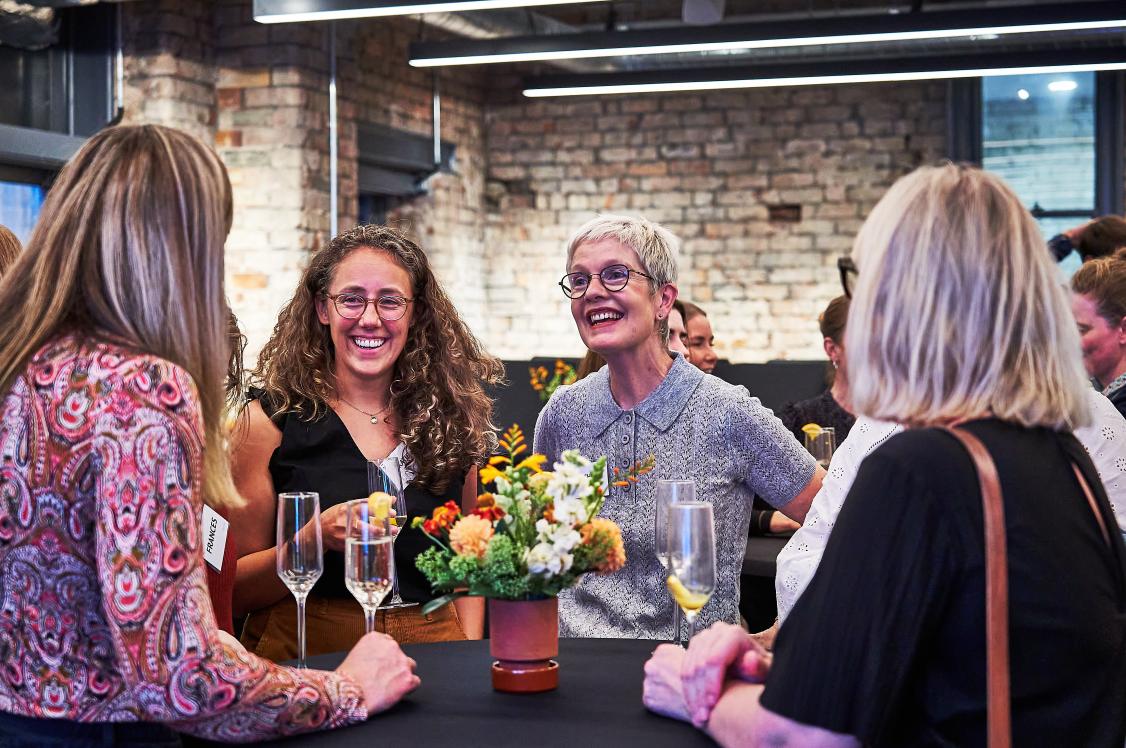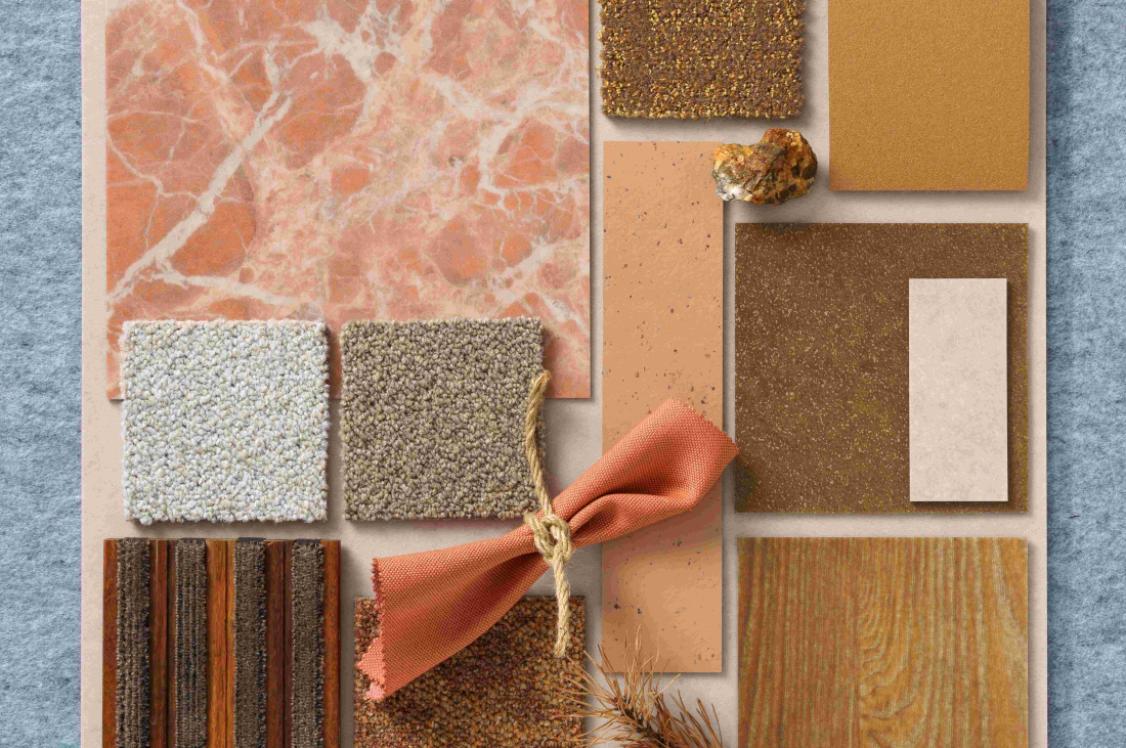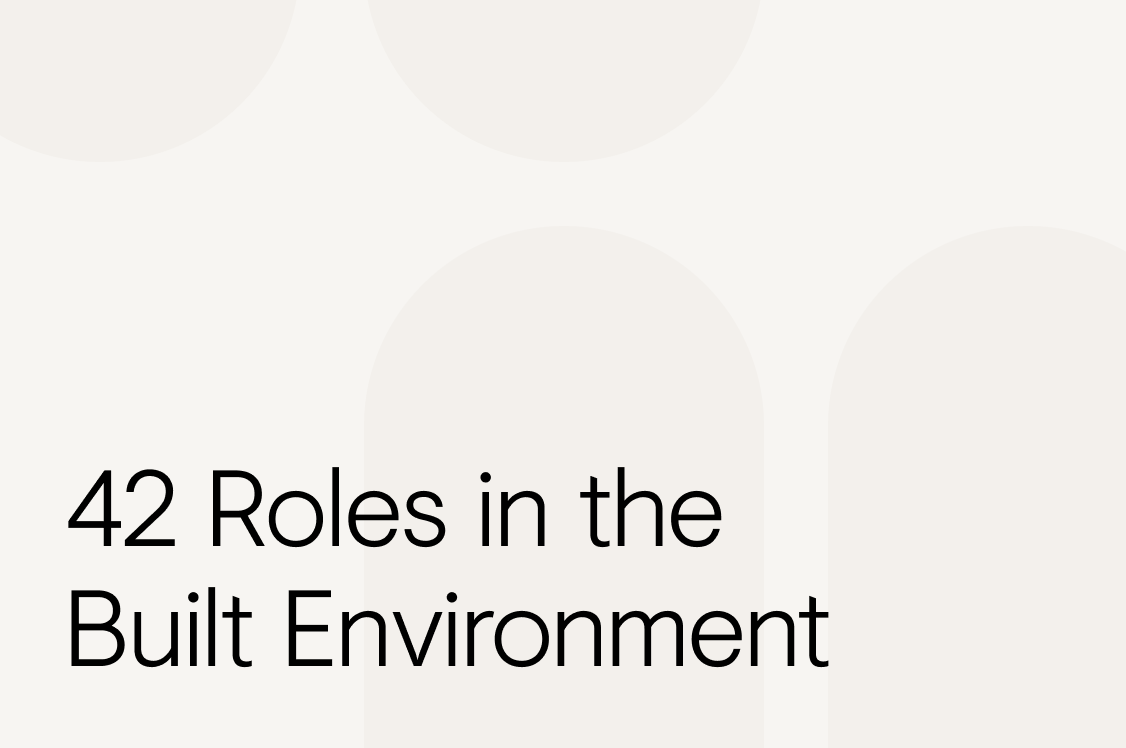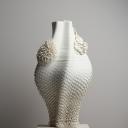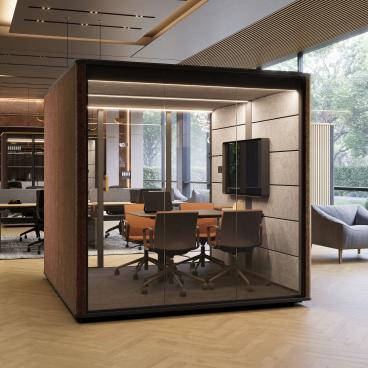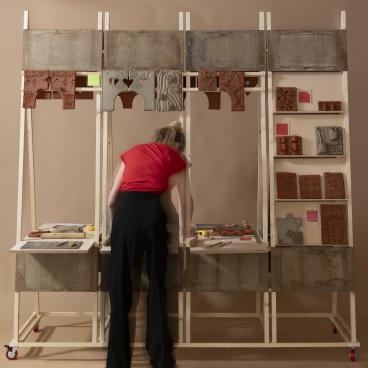Danny Campbell, architect, presenter & founder of HOKO Design, on AI optimisation & putting homeowners at a project’s heart.

Credit: Tim Ainsworth
There are several places from which you may recognise Danny Campbell.
He’s a judge on BBC Scotland’s popular Home of the Year series, a semi-pro rugby player, and founder of architectural practice, HOKO Design.
With many different “side hustles”, as Danny describes them – a common theme throughout his life – Mr Campbell is certainly a busy man. Though busyness should not be confused with inefficiency. Everything within Danny’s roster of work, especially in practice, is optimised. Most recently with the assistance of artificial intelligence.
Having met Danny at a recent Material Source Studio Scotland seminar on the topic of AI, we got chatting about how the creation and development of bespoke software is helping HOKO Design to put its customer at the heart of projects in a way like never before.
From a simple onboarding process for both client and architect comprising smart diary management, Pinterest analysis, product databases and output driven fees, Danny and his team are committed to transforming the home renovation industry.
In our latest interview, we caught Danny between filming for Home of the Year, and rugby season, to discuss in more depth his pioneering approach to delivering excellent customer experience through allowing architects to do what they do best.
Where did your initial love for design come from?
“To become an architect, it's a huge commitment. It takes a tremendous amount of time and it's a difficult profession to balance sometimes with your expectations.
“Like a lot of people, I had to pick something when I was at school. I had to tell other responsible adults where I was headed. And especially as somebody who was probably not the best behaved, maybe a bit of a tearaway sometimes, I at least needed to say I was on track, so that I would be given some peace!
“One of the only subjects where I had some aptitude was graphic communication. And there was one teacher who took an interest, and he gave me a lot of encouragement. So, I thought, oh, I'm the graphic communications guy. I asked my mum what jobs used graphic communication, and she got excited and said, ‘Oh, you're going to be an architect.’ Her excitement fuelled me to think, well, I don't want to let her down.
“Throughout my life I’ve also had side hustles. Little money-making schemes and creative projects that I’ve enjoyed mainly for the thrill of coming up with the concept.”
Is this something you did alongside university?
“I pretty much self-funded myself through my time as an undergraduate at the Art School in Glasgow with various business ventures. I did artwork and graphic design. I was selling crepes at one point. I always felt like university was on the side in some ways. One of the things with art school which was particularly good though, was that it really teaches you to follow your own vision and then to deal with criticism, and to deal with changing goal posts. Which is important if you do want to actually become an architect.
“So when I finished my undergraduate, I went down to England where I had a really quirky job at a zoo. Then I did my Master’s part-time. I was playing rugby semi-professionally. I had a side hustle. It was really, really busy.
“Once I’d completed the Master’s, I became a part two architectural assistant before deciding I was going to take a little break from work, and I went over to Canada very spontaneously. I went in on a Monday morning without any kind of plan and quit my job. And then that lunchtime figured out where the best place for me in the world was and I chose Vancouver.
“I Googled rugby teams in Vancouver and found one that would take me and by the end of the day, I'd booked flights for that week. I went off to Canada for the best part of a year. I let my hair down, and came back at the start of 2016.
“The plan was to come back for Christmas to make a bit of extra cash. And during that period, I set up HOKO as another side hustle. Doing websites and graphic design consultancy. Within a month, myself and my long-term girlfriend discovered we were expecting a baby. So, at 25, I realised I wasn’t going back to Canada.
“I applied for eight architecture jobs. Was offered seven of them - it was a really good time for architecture in 2016. And I decided to pursue the HOKO thing a bit further, worked tirelessly for the first couple of years, until my second child was born, Dougie. And that's when the vision crystallised in my mind.”
Where were you at in terms of qualifications at this point then?
“At this point, I was still a part two! I'd never worked for an architecture practice before, so I didn't really know how any of it worked. I was muddling my way through and somebody enquired about me doing a home extension. They were a blind couple, and I got on really well with them. I really enjoyed working with them, building the relationship. I felt like I was so invested in their life and how the design could help them. And it was through a conversation with them where they said that they'd used architects before, but the experience had been so different, that I started to do a bit more research, and it became clear that the whole industry is geared towards big projects.
“Whereas, as a consumer, the biggest purchase you'll probably ever make after your home would be a home renovation, in construction, it's right down at the bottom of priorities. It’s perhaps more trouble than it's worth and you've got an emotional person in the middle of it with their own money. It's their personal space. The process is really disruptive and they've never done this before. And the architect also needs a whole load of other people around them. Engineers, planners, quantity surveyors, all the builders and trades.... so for the architect, it's a very difficult way to actually make it work.
“When it comes to home renovation, who do you go to? There is no household name for this type of work. And there's a stigma within the industry as well – ‘Oh, you're doing home extensions?’ It can be seen as a compromise on your professional integrity sometimes.
“I had to ignore that stigma and use my youthful enthusiasm, mixed with a lot of naive optimism, while bringing on a technical guy who filled the biggest gap in the practice in terms of the technical know-how. I would win the work, I would do the design, keep the clients really happy, and he would make sure it all technically worked.
“And then between the two of us, we started to really out-compete everybody else. And we built the entire vision for the business around the perfect client experience.
“It’s very output driven. Unlike most professional services, which are time orientated, we were completely output-orientated from the start. And what was really important there was that once you're output-orientated, anything that can improve efficiency becomes really exciting.
“And that's where automation, building our own software, and AI really became something that we were excited by and embraced really early on.”
Tell us more about embracing automation – where did you start?
“The thing I love most about what we do is getting to understand the end user. Through doing this, sometimes briefs change. And we are really focused on bringing the client’s vision to life for them.
“One way AI became powerful for us was that regardless of budget, project size, or location, everybody can buy the same product to start. So, everybody starts on a complete level playing field.
“The complexity of the project then gets decided, it changes the pricing for the delivery stage but to begin the process is very fair and easy to understand for people. The cost part really gets dealt with very early on, because it's a large source of anxiety for people, a fear of the unknown.
“Nobody would want to be on a rolling time charge because then there is no incentive to get the thing done. We wanted to break it down, and when you think about the customer experience, the most important thing for almost every client that enquires with us at the start is, ‘How much does it cost and what is it going to look like?’. It's literally as simple as that. They don't need to know about the installation, about the foundations, about planning or building warrants or the engineering. It's irrelevant at that point.
“They want us to show them the vision - talk to me, understand what I want, explain the benefits, challenge me, bring some creativity - and we'll come up with something which is a digital replica of their future home.
“Then once we can show them that and actually weave in their aesthetic fingerprints, then we can price it as well. And these things are all quite easy little steps, but they take time. The way we initially approached it was to look at these things that would take us the most time. So, for most practices, they'd be the most valuable tasks. But for us, they were the worst tasks because they were killing the output and resource time. So, we thought, for example, creating visuals for clients can take days, so how can we eliminate that time burn while improving the output?
“The thing I love most about what we do is getting to understand the end user."
“We started to look at software and where we could use different tools, and build some of our own tools, to make that much quicker. We've got a couple of unique things just to solve that problem.
“The first one is to make the design look good; it needs to be personal to the client. That's valuable to them. So, we give them a couple of options for that. They can either pick from a series of set styles. Maybe they just know they're a minimalist or they know they like Scandi or they know they like traditional. They can pick one of those categories. Or they can give us their Pinterest board.... I'd say probably 90% of our clients come with a Pinterest board already. So, we then built a bit of software that will go through their Pinterest board and it knows what's a bedroom, what's a bathroom, what's a kitchen. It then correlates all these different images and then creates mood boards so that they've got a bespoke DNA for the things they like.
“We can then take that DNA and drop it into a white card model and then tweak and change it. However, because we're using AI for parts of that which keeps the geometry, the same basic design will be physically modelled. Then it takes what would be maybe a two or three-day task down to about half an hour, 45 minutes tops depending on how complicated it is.
“That means it's incredibly timesaving, but it also means the actual quality of the visuals are so much better. They're also bespoke to the owner, because it might be something they've seen from one image and a different image that we've taken into the mood board, and then we pull that through with the right prompt.
“This bespoke software allows us total control over it and because we work with so many clients the iterations improve quickly.
“I was looking at projects we did a year ago, and at the time we thought, ‘These are amazing and a total breakthrough.’ And we look at them now and they pale in comparison with what we do now because the tech moves so quickly.
“The thing is that constant approach to lots of iterations, lots of tweaks and changes as you go but it's all geared towards one clear purpose, which is the customer experience.”
Compared to before, when you used to do this process manually, and now with AI, are things getting approved quicker by clients?
“I would say that the output is the same, but the steps to get there are slightly different.
“What we used to do, the old way of working, which is probably closer to a traditional way of working, is, we'd get an enquiry, we'd then go out to see the client or have a Zoom call with them and discuss their brief, then send a fee proposal. They'd sign up, we’d then prepare a design, send it to them, then get the design up to a point where they were happy to move from concept into planning. And then once it had gone to that stage, we would get them in and show them the VR experience and really have to spend a couple of days modelling every single item that's going into the home.
“Then they'd go through the planning process. We would send it out to a quantity surveyor who would then do a pricing document. It would go through these levels and stages, but for the customer there's still an element of uncertainty of exactly what it's going to look like and exactly what it's going to cost. There's an element of, ‘Trust me, I'm an architect. This is all going to be fine,’ which is an industry norm, but realistically, it leads to an awkwardness if things aren't exactly where you expect them to be. There are so many reasons why that might happen. It's quite normal. In fact, every project has some sort of unknown. That's the old way of working.
“The way we work now is that we've got this website where there's a clear call to action which is to book in a 15-minute Zoom call with one of our architects.
“These calls are super quick, but we deliver a lot of information. The key part of that call is to listen to the customer first and understand what it is they want, and explain the best possible route to get to where they want to go, maybe challenge some ideas and then it's just explaining the initial parts of the process.
“This saves our architects a huge amount of time. They're not having to go and find new work. The work comes to us.
“The other thing is that the architect's time with the client is critical. Anything that detracts from that is a real negative for us. We want all of their time to be spent with the client or doing the design. They don't do anything else at HOKO. So, it's really a dream job for an architect.
“However, with these Zoom calls we originally used automated booking software that’s off the shelf. We found they were coming in at random parts of the day, so when an architect was scheduling time to design, they might be having a Zoom call, and it was breaking up their day. So, we went through an in-depth process of exporting and downloading everybody's calendars and then did a full data analysis over the past year of where their time gets spent and where we could create efficiencies. And what we've figured out is the optimal way of doing it is the first hour of the day and the last hour of the day are the 15-minute consultations. This gets the architect to bookend their day with some nice chatty salesy stuff and the middle of the day is focus time.
"It's really a dream job for an architect."
“Another thing we discovered off the back of that was a huge inefficiency in that the architect has to go and actually see the home. You cannot avoid going to see the home. So digital architecture I don't think will ever really work because you need to experience the physical space.
“We always do that as the first thing once somebody signs up to work with us at the initial stage. But to go to someone's home you've got travel time, before and after, so, if they're allowed to book into an architect's diary, they're taking control of their time and then you lose the efficiency.
“What we've done instead is build a software that when a customer signs up, it knows the reasonable timeframe they should be able to get the home consultation in. This is usually done within the first fortnight. But it'll also look at the rest of the calendar and when an architect is going to homes that are nearby and it'll propose a series of dates that are really efficient to get to. So, what you find is an architect will do four home consultations in one day, but they're all quite close to each other. This really takes a huge number of logistical headaches away from the architect. It's like having their own PA.
“This whole thing is a work in progress. We're constantly adapting it, bootstrapping it, and, trying to keep it going. We invest almost all of our money back into this innovation. And a lot of these tools do become useful very quickly.”
The way you’re using AI to assist the team sounds pioneering. I'm guessing not a lot of other practices are using AI in this way?
“I think it's nice because you've got humans working with tech to a better end rather than being replaced by it. The architect is still doing the drawings.
“You sometimes hear things like ‘I don't want AI to take away the bits of my job that I like’, but actually, you're taking away the bits that people don't really want to have to hassle themselves with.
“When we started looking at the AI stuff, I spoke to two young guys in the office, two part ones, which I think a lot of your current readers will have a vision in their head of what a part one is and what they can do, and I explained to them that, when I was younger, Revit was the thing, and it was changing architectural modelling. And I ignored it because it wasn't getting pushed at me, and it was a learning curve, and I was just trying to fit in with what everybody else was doing. And now the same thing is happening again but it's AI.
“So, I asked them to go and learn everything they could about AI and how it could be implemented in the business. They went away and I didn't hear from them for two weeks. When they came back, they did this presentation to the whole office. Nobody had seen anything about this yet, they didn't know about the briefing. And it blew our minds what they had found was possible. This was a year and a half ago.
“One of the things they found was that there was an expert who's probably the best guy on AI and architecture in Europe, called Amir Noori, who's based down in London and teaches courses on this, which our guys went and attended.
“Amir describes himself as the Harry Potter of architecture. I found him on LinkedIn. I sent him a message and said, ‘Our guys have just presented to us, this is who I am, this is what we're trying to do, would you like to meet?’ And he got a flight the next day up to Glasgow and came into the office. We totally hit it off and we started working together.
“We've been working with him really closely. And one of the things that he said, which is really telling, is that loads of people are wanting to come in to do a CPD, but hardly anybody is using his real skills, his real magic that he can bring to the table. Whereas we've jumped on it straight away.
“I always think when you talk about AI, if you haven't got that mindset, it's just interesting. But the people who have really got on board with it, it's more than interesting, it's crucial in a way. For me, it’s fascinating, I don't know how things are going to change in the future, but I'm really focused on my own career destiny, which is to solve the homeowner renovation/interjection with architects. That's what I'm fuelled by and AI has come along at a really, really good time. So, we're just, harnessing it. There are loads of other aspects that we're harnessing as well but it's certainly a huge tool that it would be crazy to ignore.”
Do you think AI will just become the norm?
“I think one of the things that'll be amazing about AI is that we've gone through this massive process of the whole social media thing that has defined our lives for our generation. I think AI is going to come in and probably take out a whole load of stuff that people don't necessarily need to do. And I'm hoping it'll give more credence to hands-on and interpersonal stuff.
“I'd imagine that lots of people will actually decide, ‘You know, I don't want to go to university, I want to become really good at a trade or work with my hands and be outdoors and actually have a healthier lifestyle.’ I think that a lot of these university degrees that really don't lead to a tangible job will probably largely become obsolete through AI. So, I think it could have a real positive impact.
“My dream is for more architects to move away from working for huge practices on big projects where they don't get to design, and instead spend their time with real people investing their skills in transforming their lives through their homes. And I think that's where, if you think about all the different pieces of architecture that exist, the most precious piece to everybody is their own home. And I think it's a beautiful thing to be able to work on.
“This is the thing that dawned on me when I was 25 and starting out in my career. ‘Why does nobody talk about home?’ At university and in work? I didn't understand it. It’s all geared around commercial.”
Do you use AI in material selection as well? Do you have a database?
“We're building a database of suppliers that we like working with and then we want to be able to get real images of spaces, from places like Pinterest, and then the AI can cross-reference all those resources to cherry-pick what the different products are. From an interior design perspective, but not only that, to provide options at different price points as well. And then almost work that within an algorithm of the overall budget and then how you spread it out per room.
“We really want to get to a point where you can move a dial all along from your basic stuff to the most expensive, and then find your ideal product in different categories. We think that'd be a really powerful way for someone to get a shopping list almost immediately that is completely aligned with their overall vision.”
What's next for you in terms of AI and in general practice?
“The next thing for us, which is quite a big move, is we've built this really beautiful process for home renovations and extensions that uses lots of tools, and at the core of it is allowing the architect to do just what an architect should be doing, which is spend time with clients and design…nothing else. And we're looking to roll that out to other architects on a global scale. So individual architects who believe in working on homes who want to join. This will test how the software works internationally. We're very much at the foundation of building a platform that can be rolled out geographically. Using what we learned from doing it previously. It’s a really exciting interjection for the business where it could explode quite quickly, I think.
“If there are any readers who are feeling a hesitancy working with big practice and big projects and would love to get credit for their own designs and feel that their creative skills are being used for good, then they should get in touch with us.”


